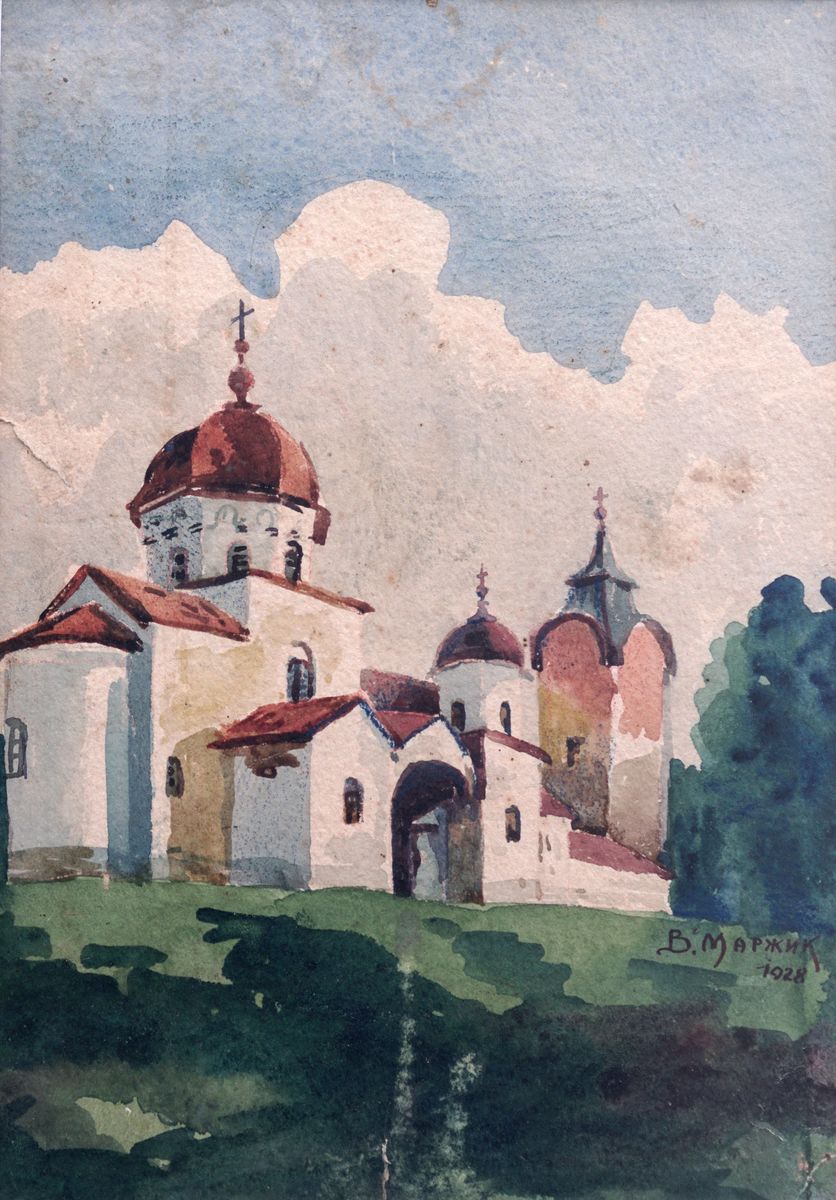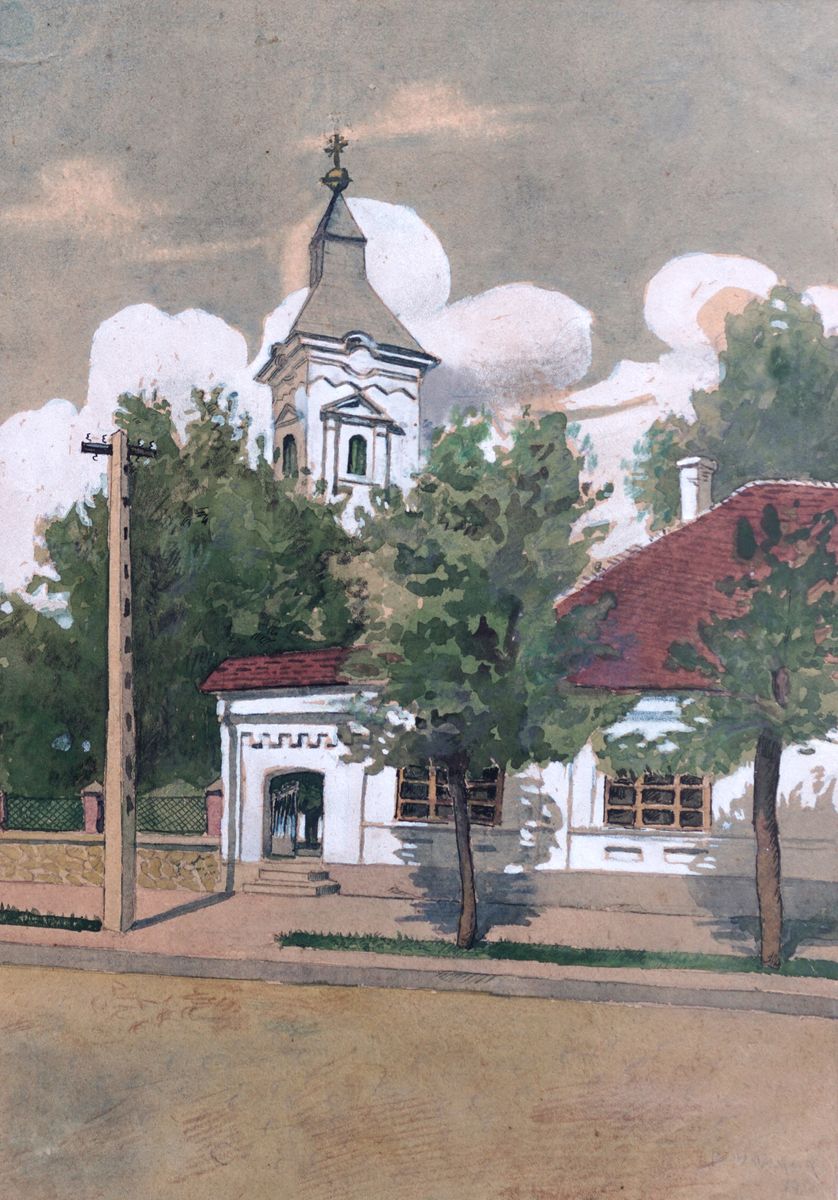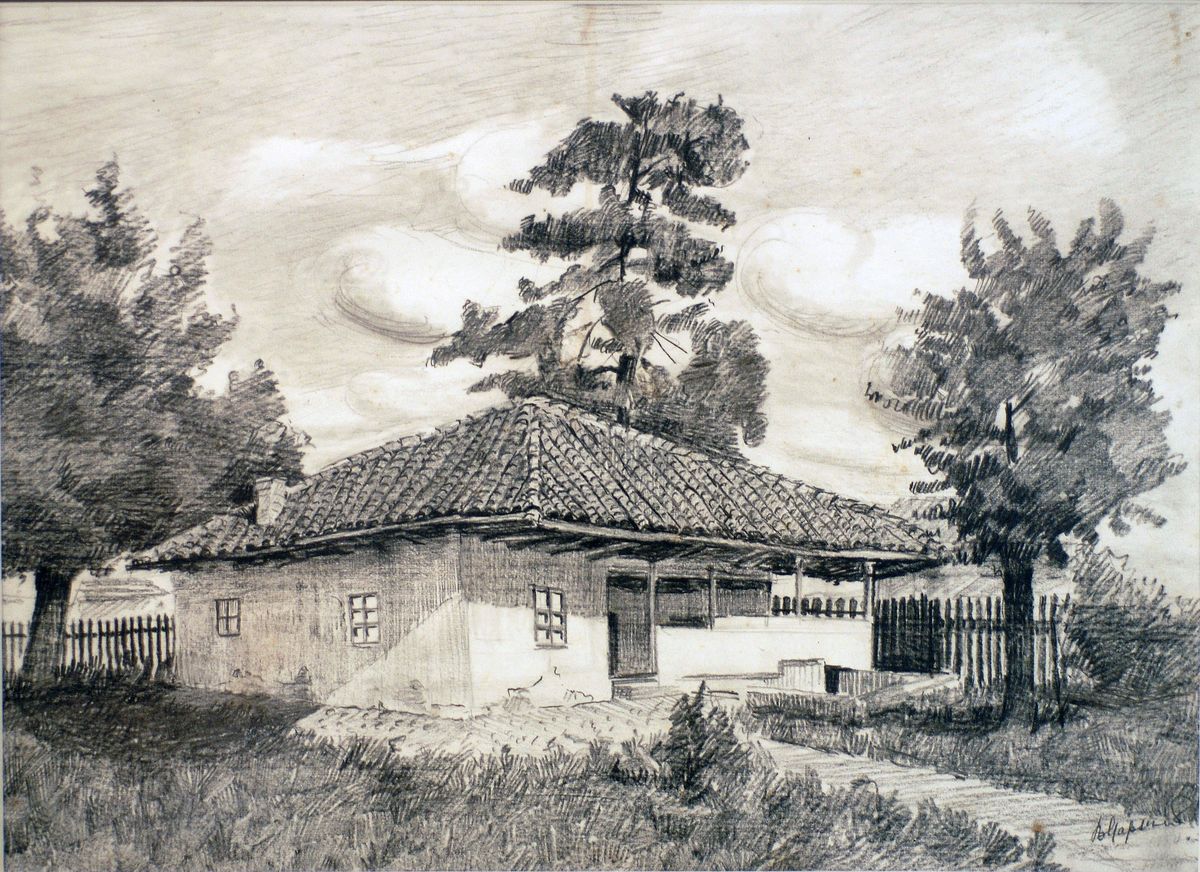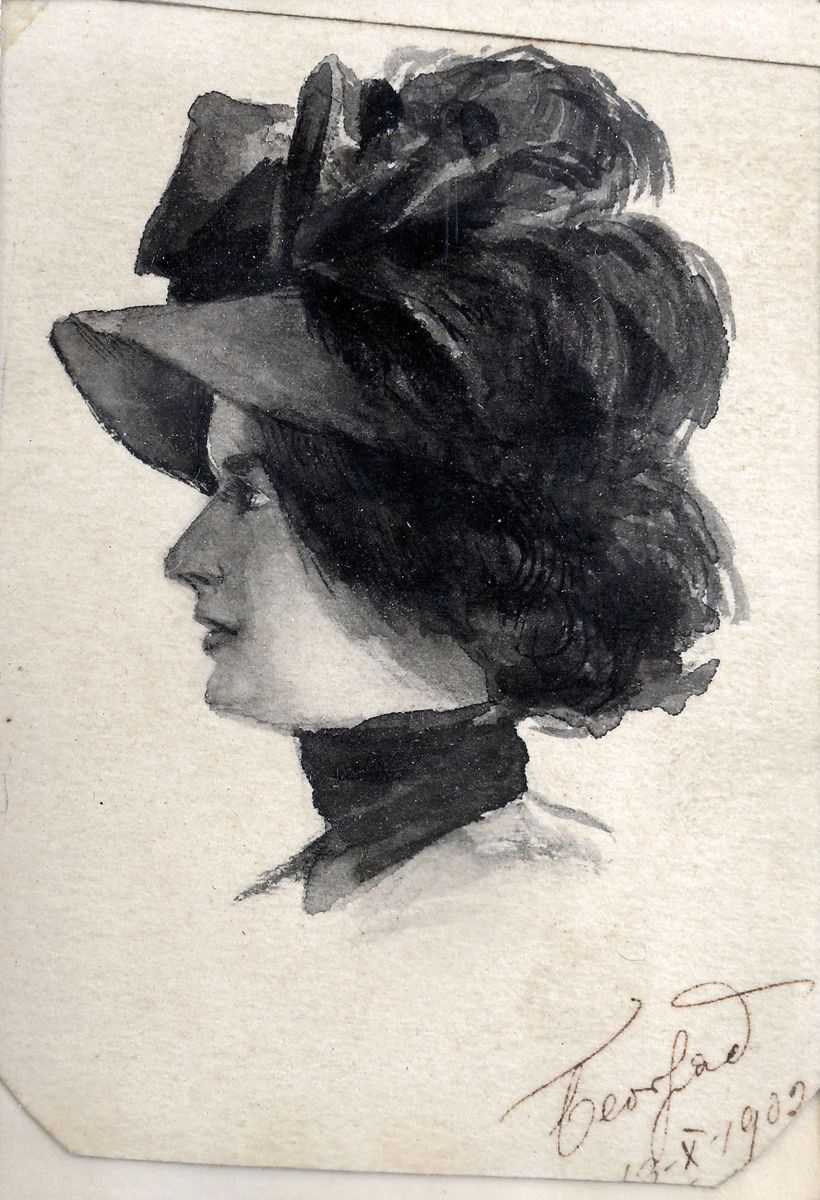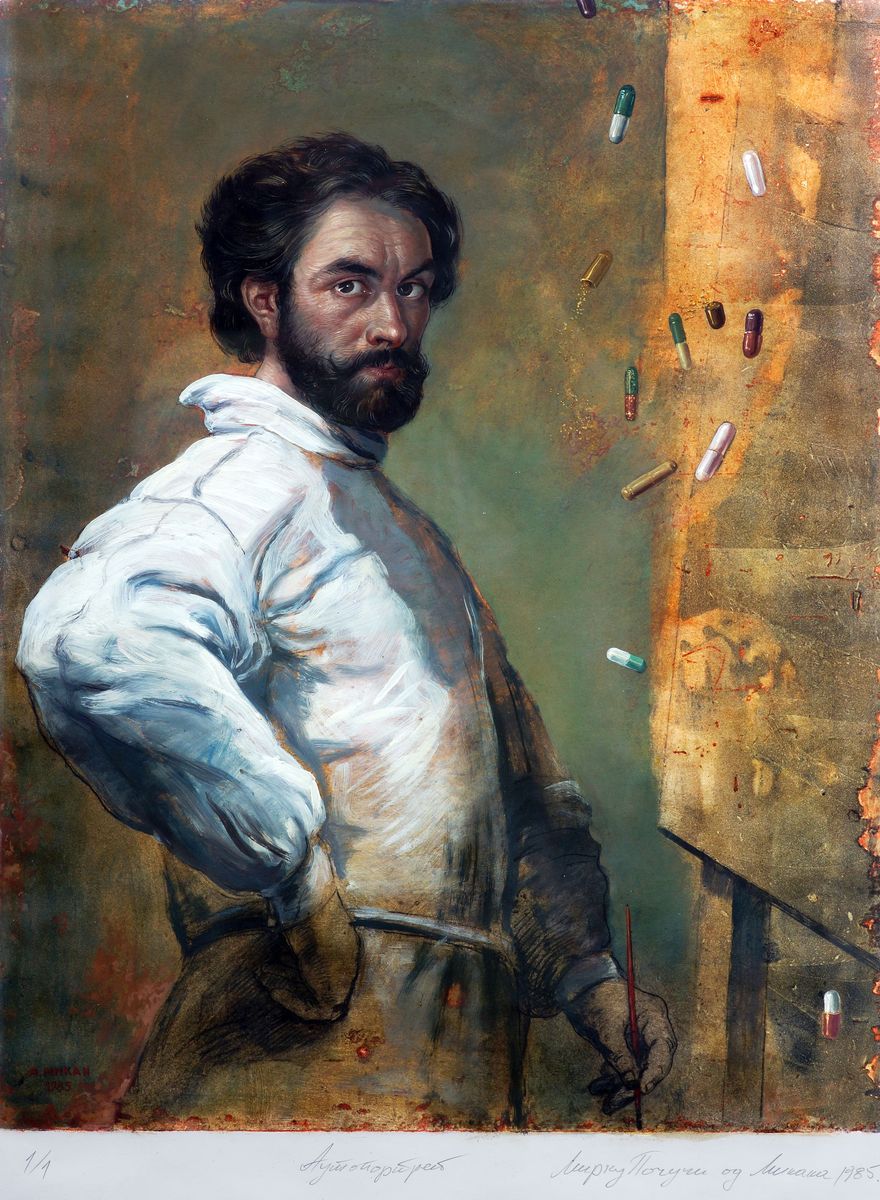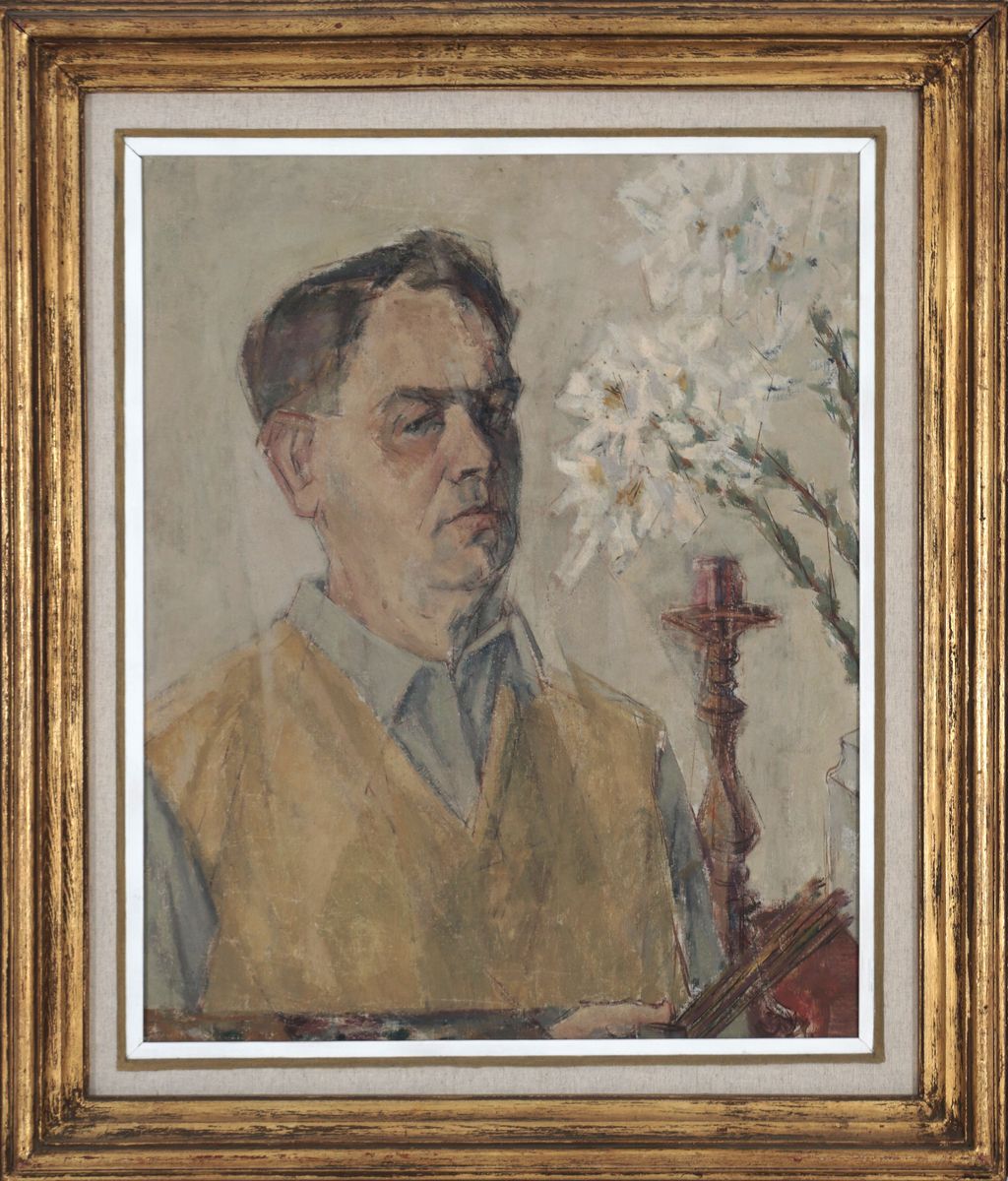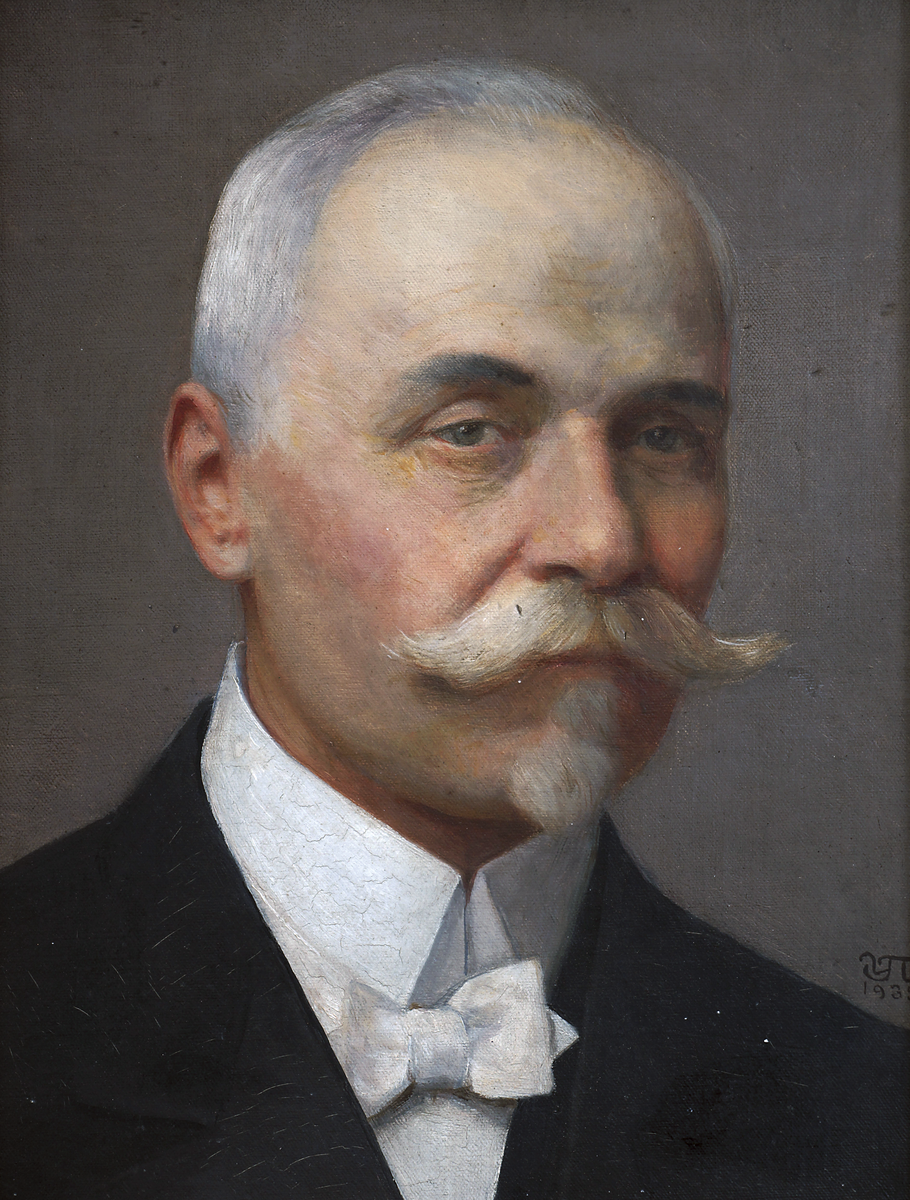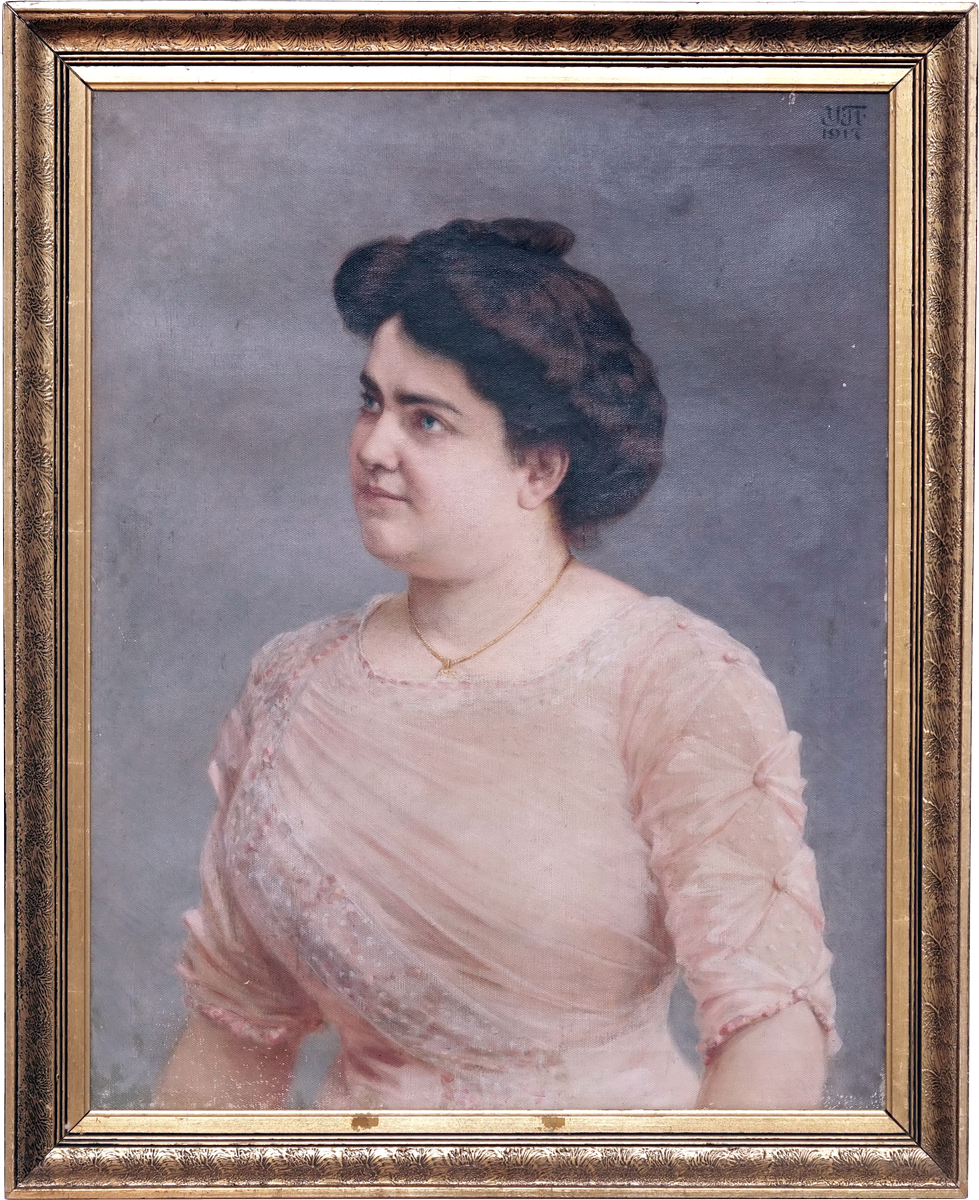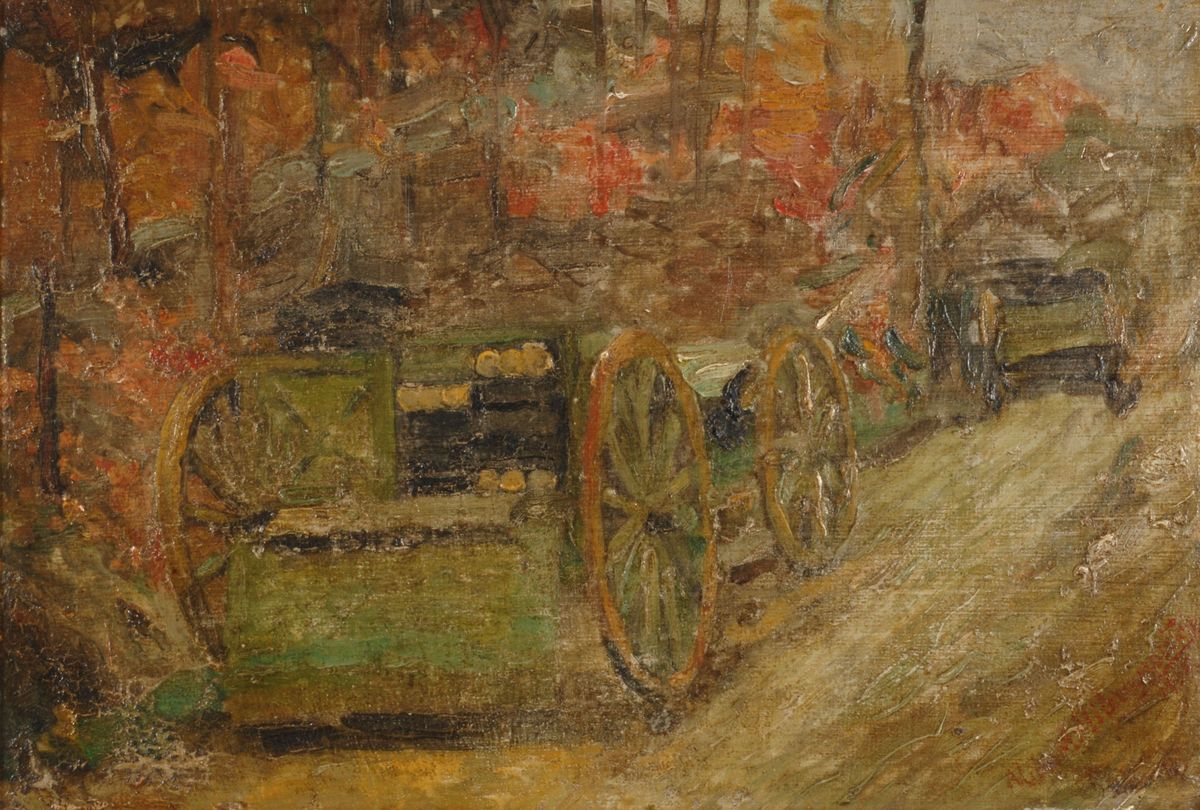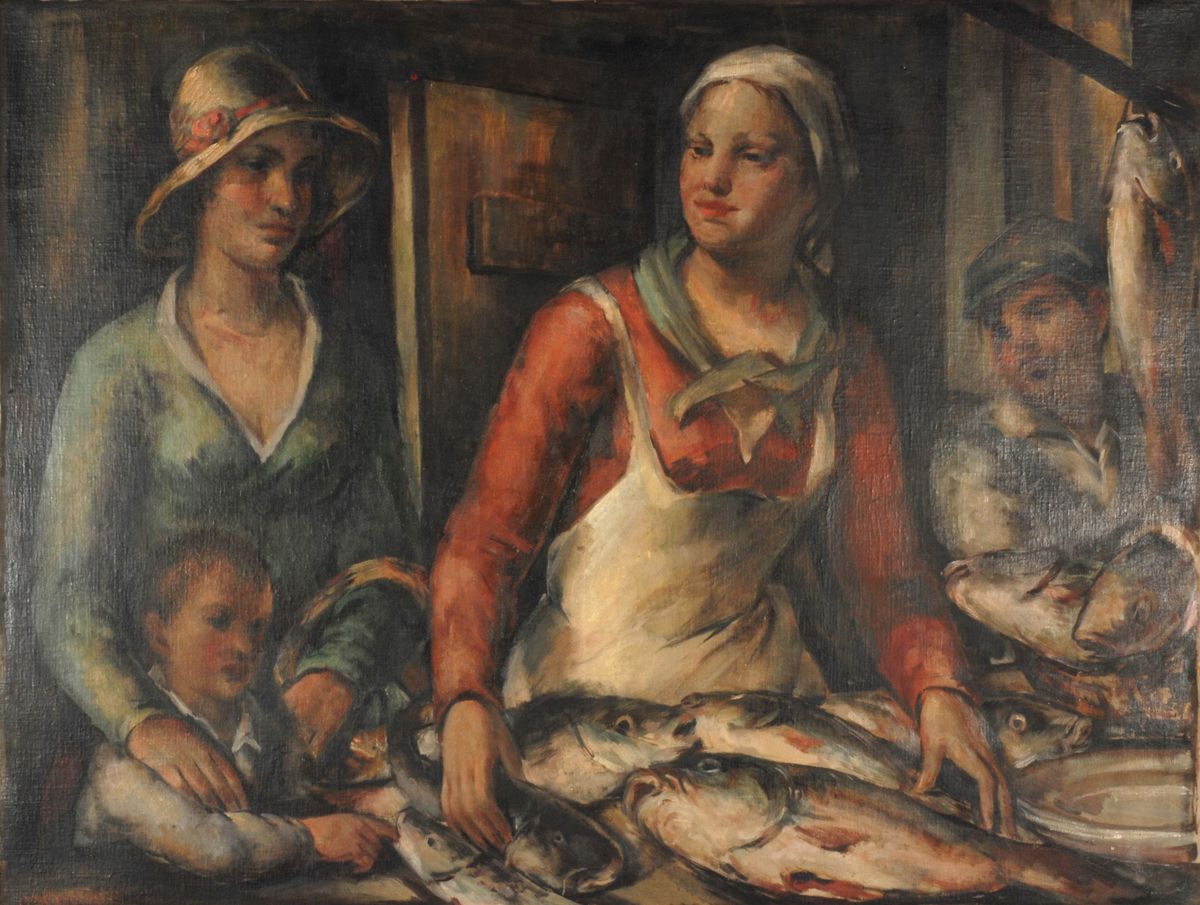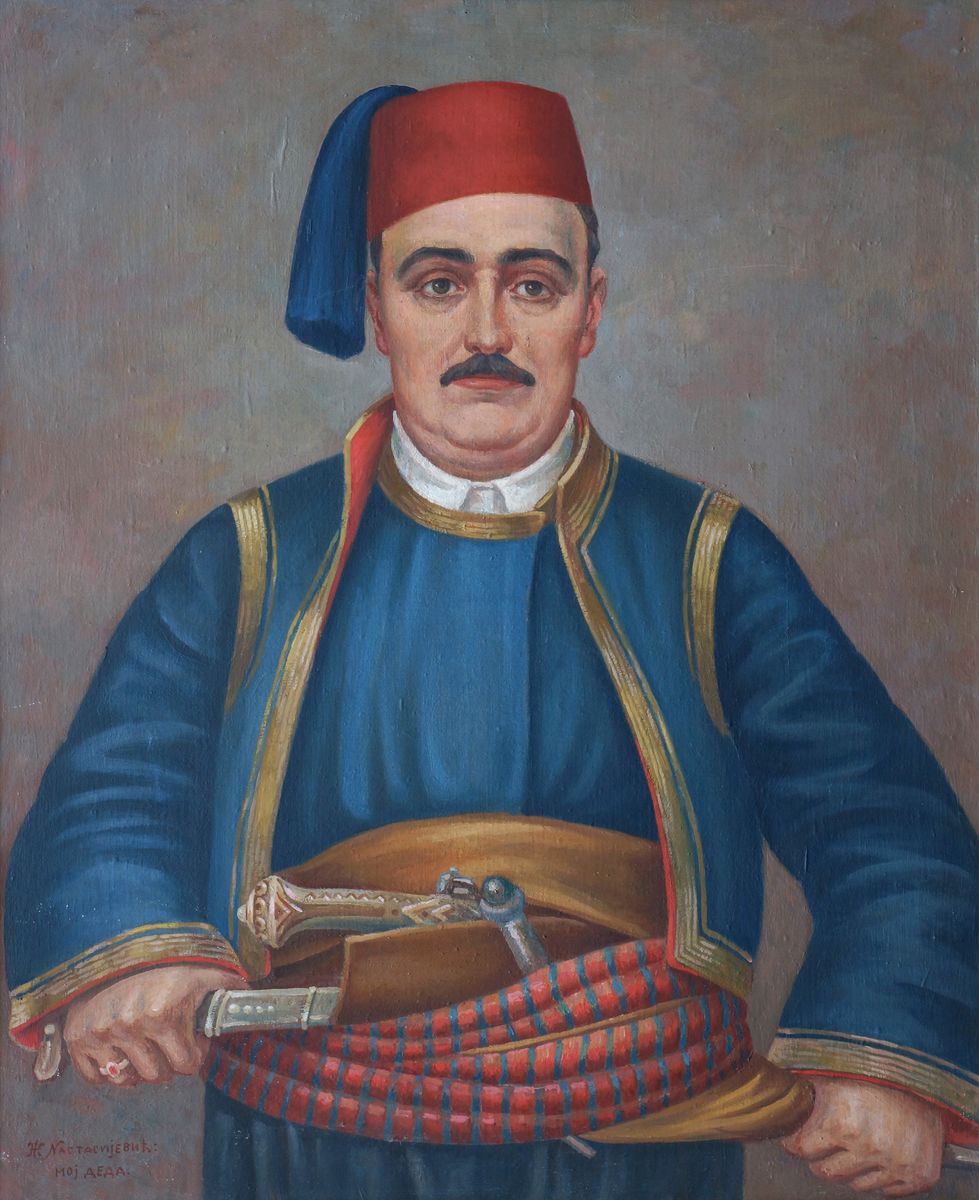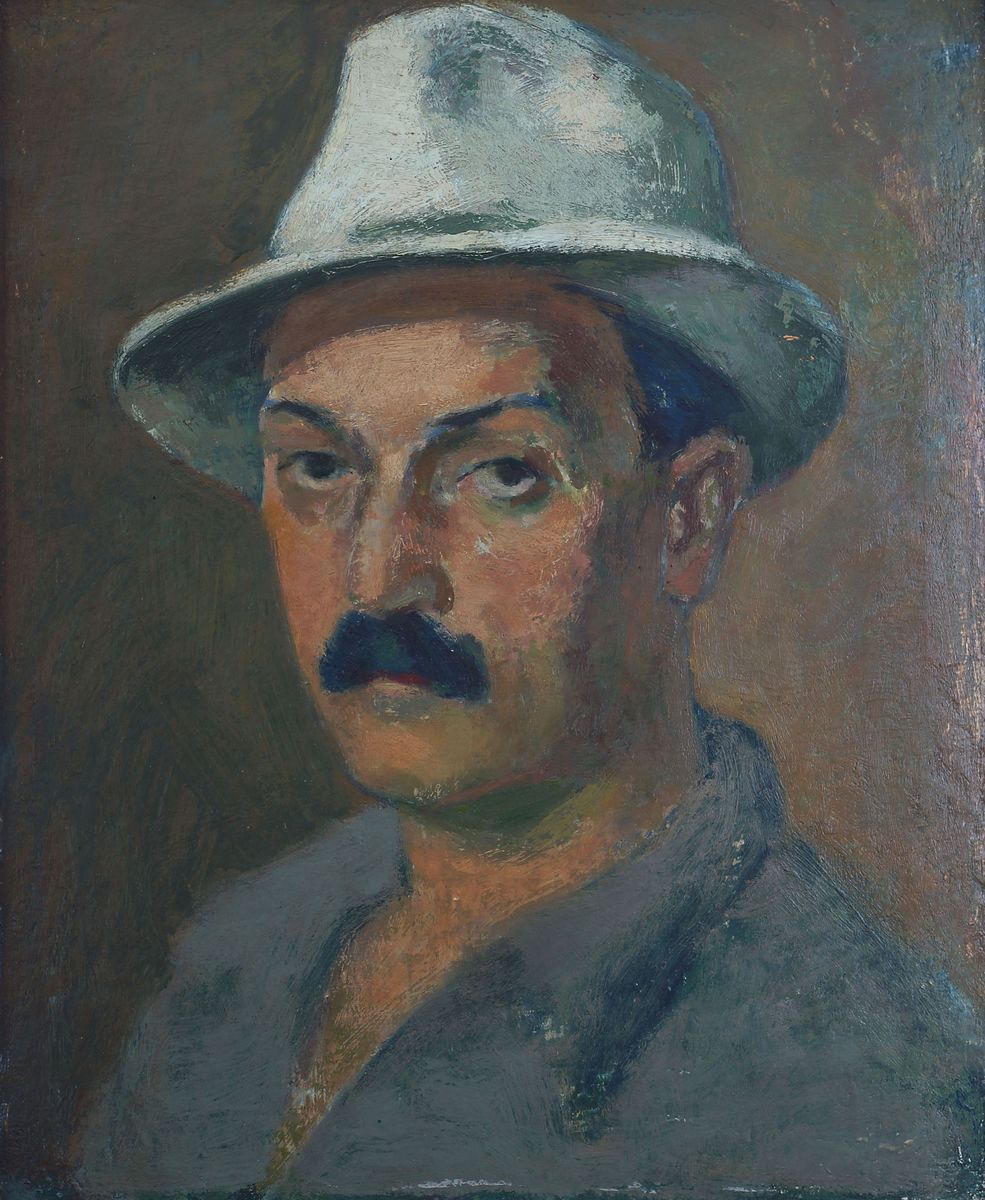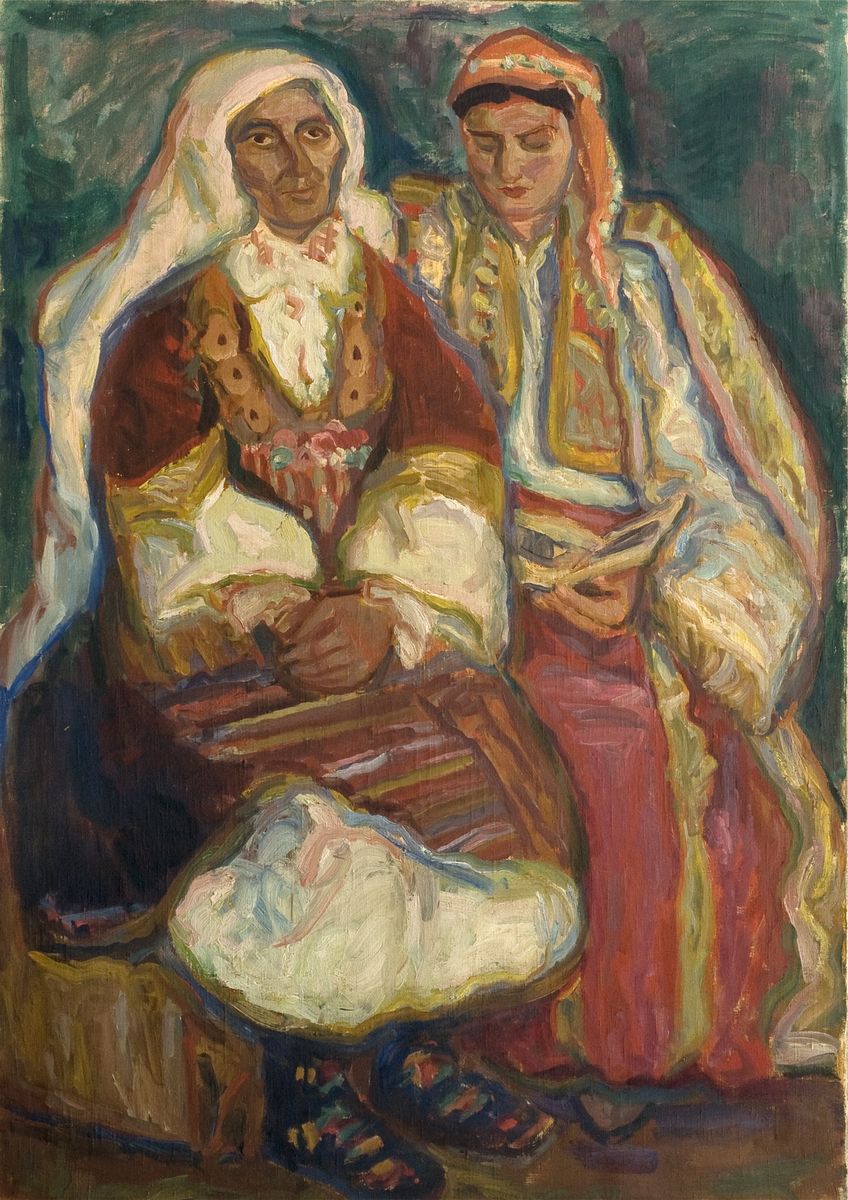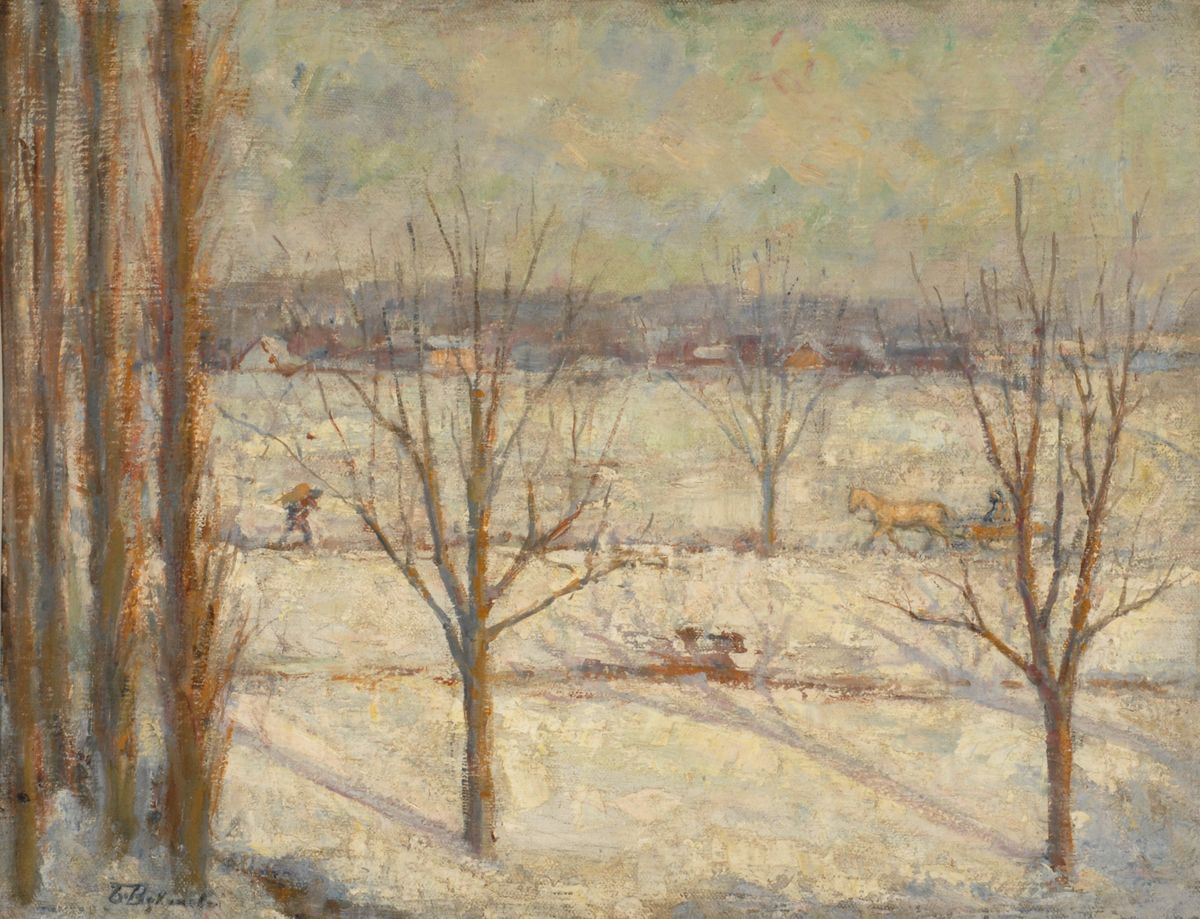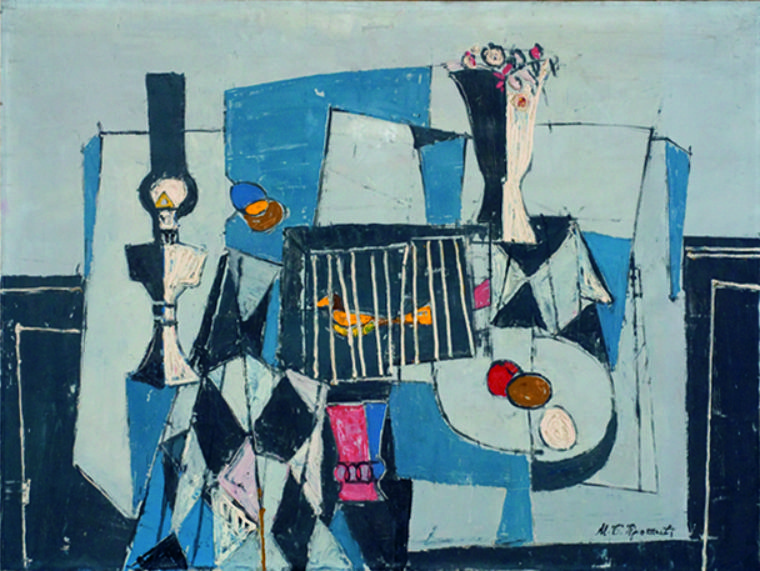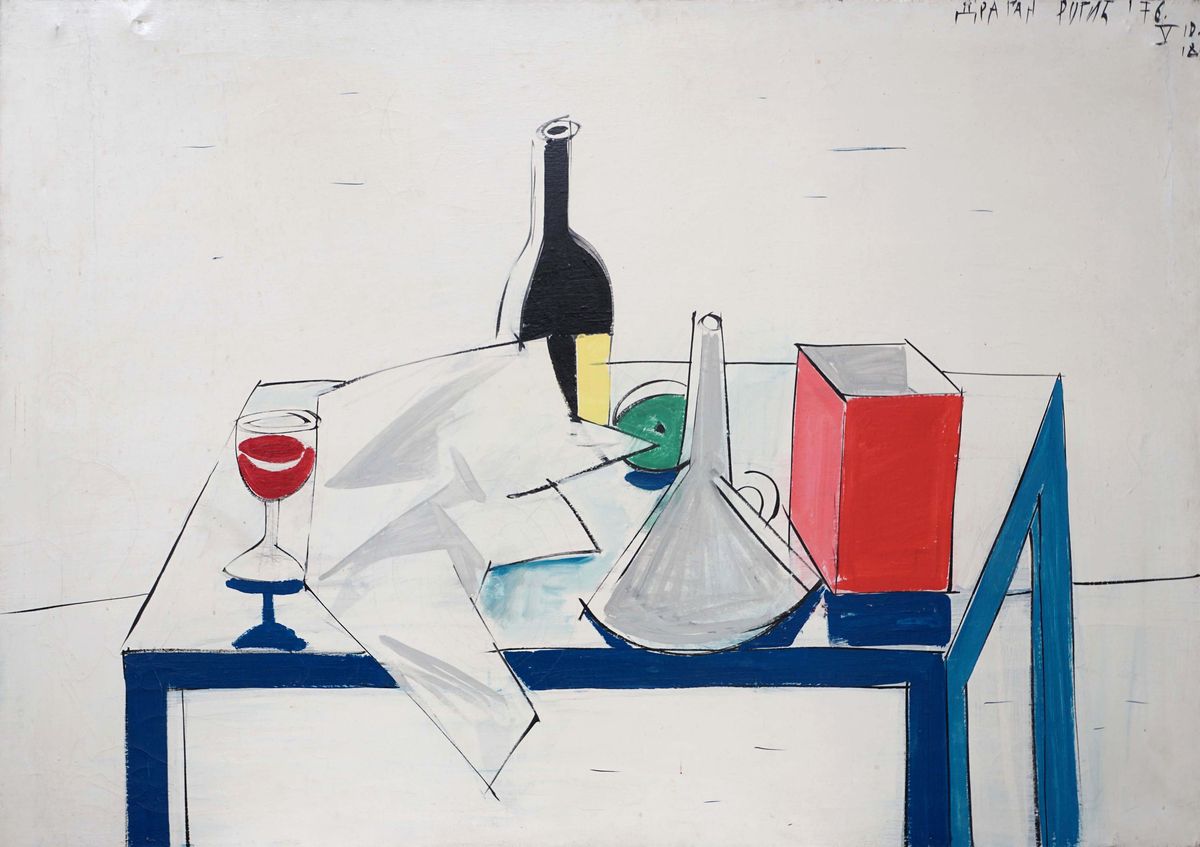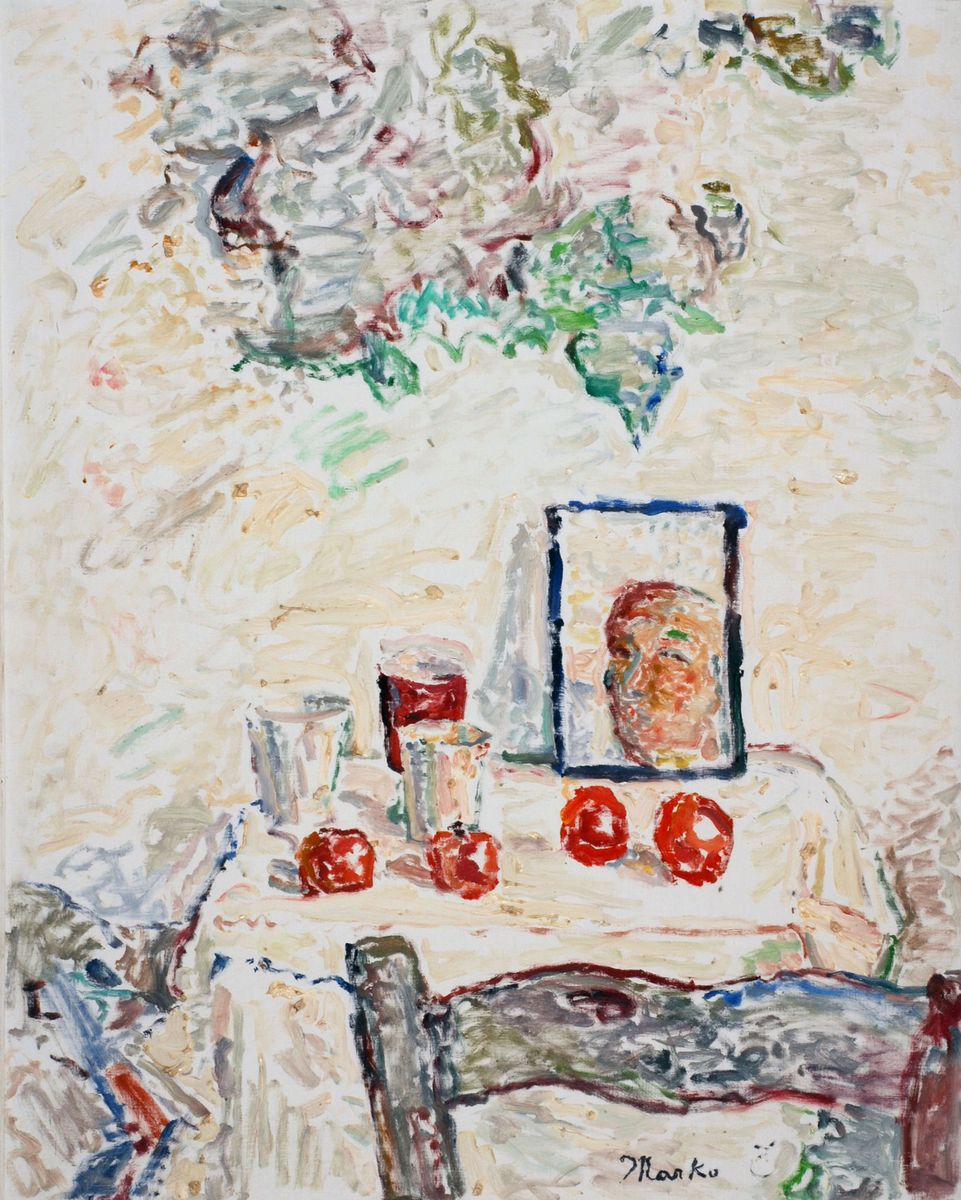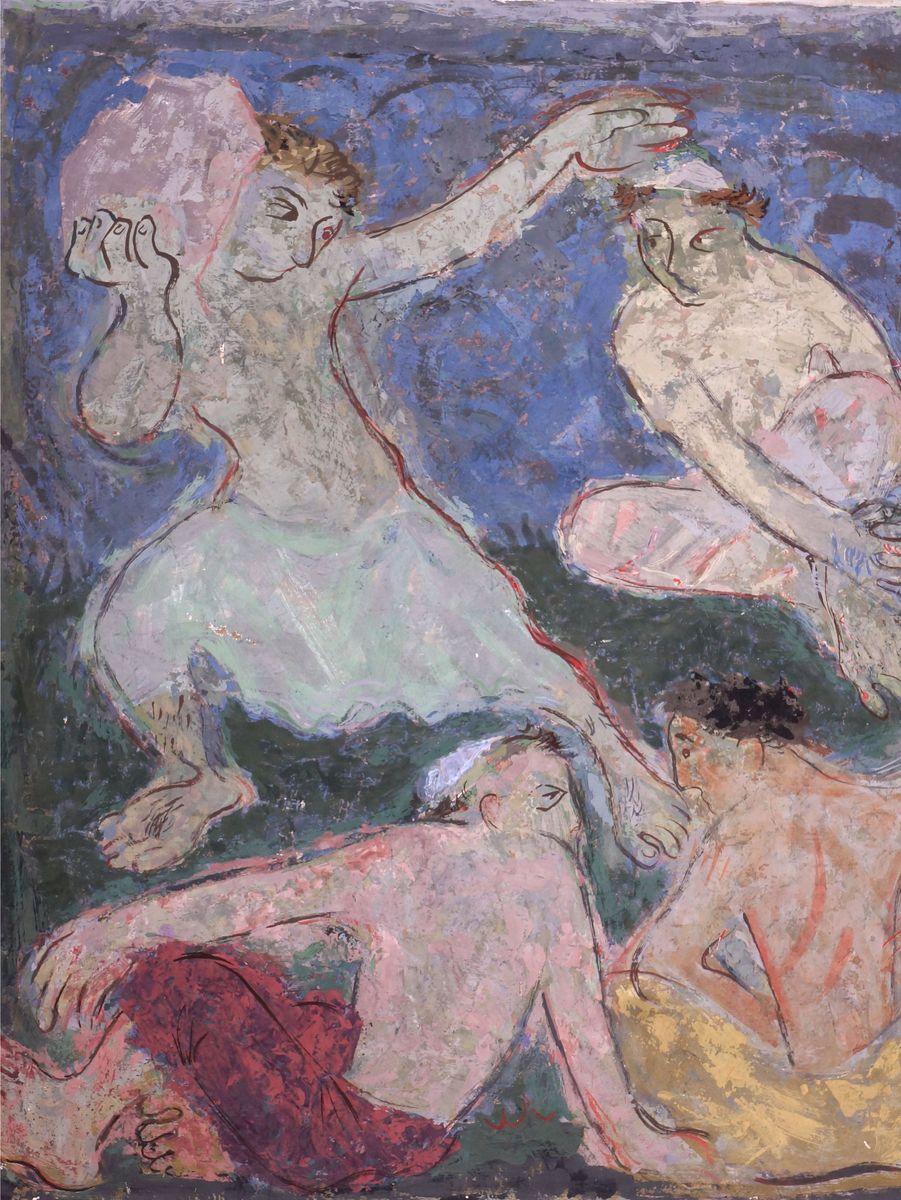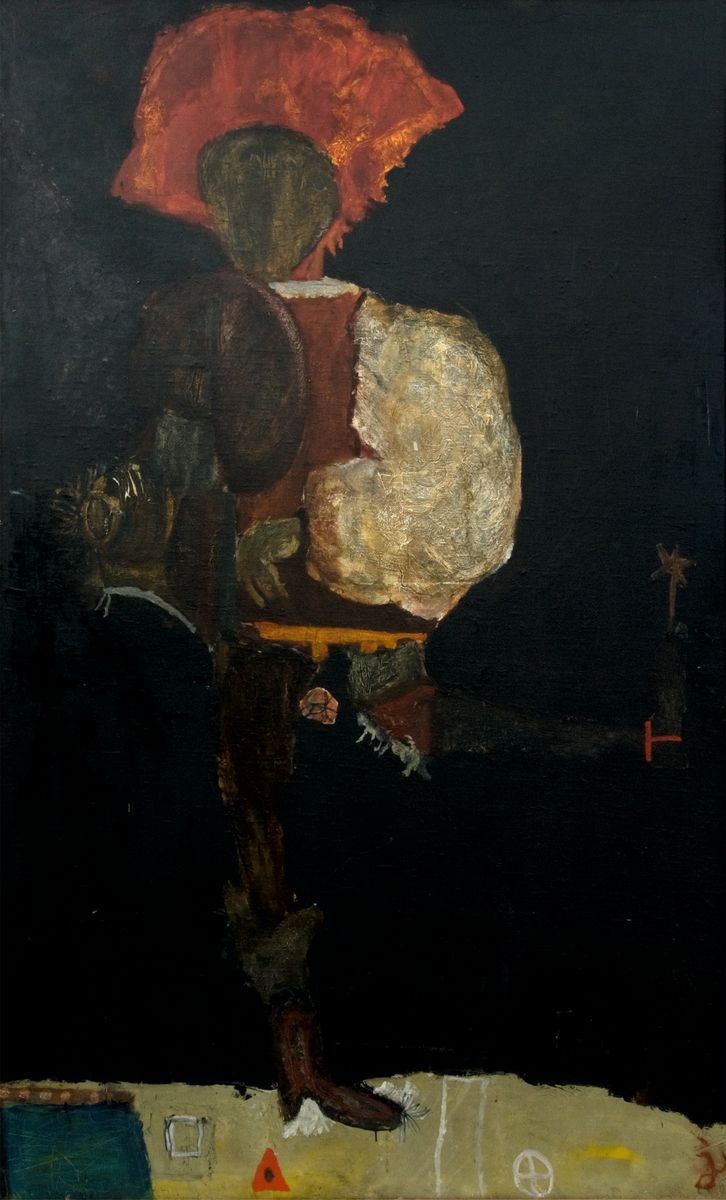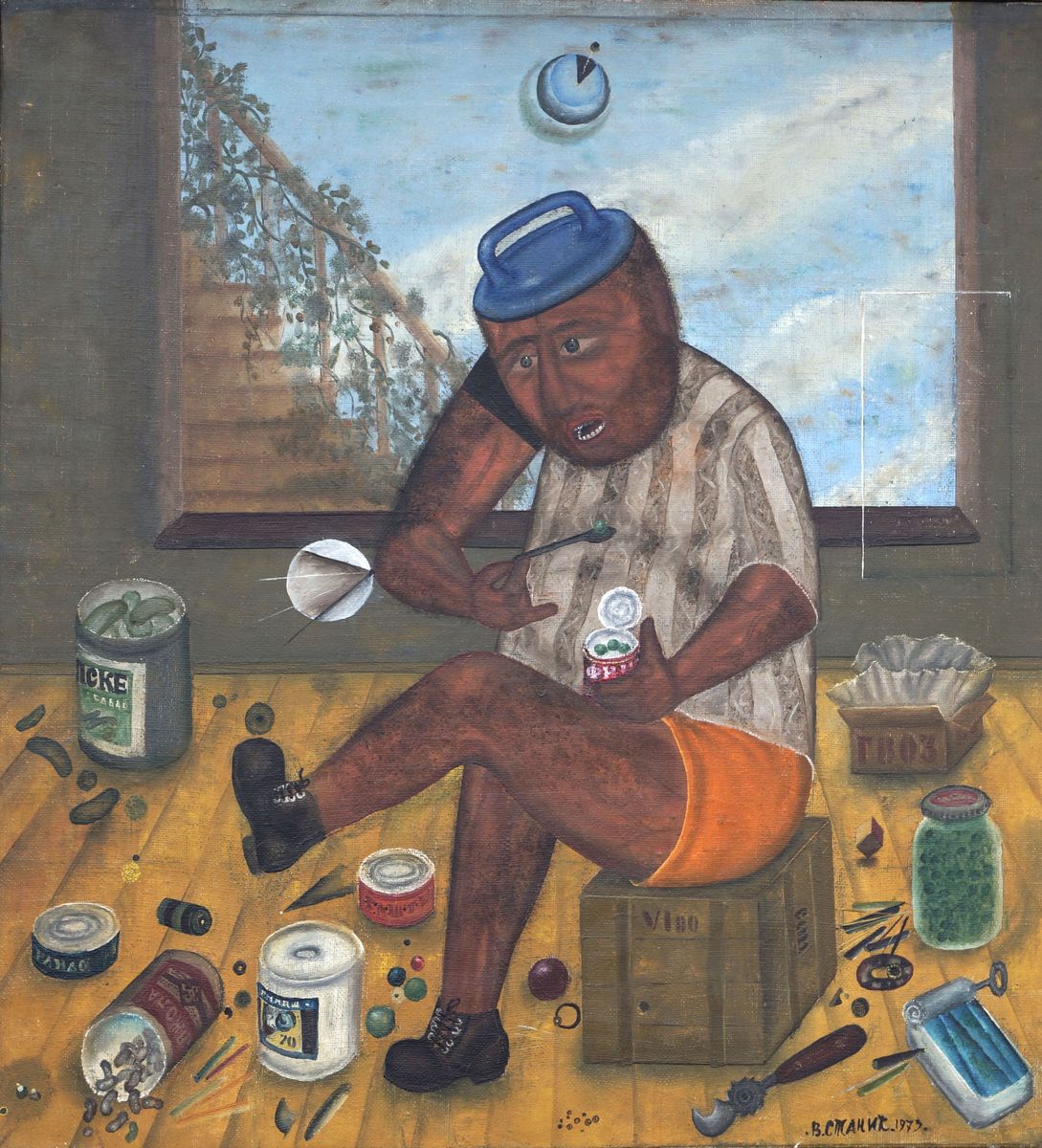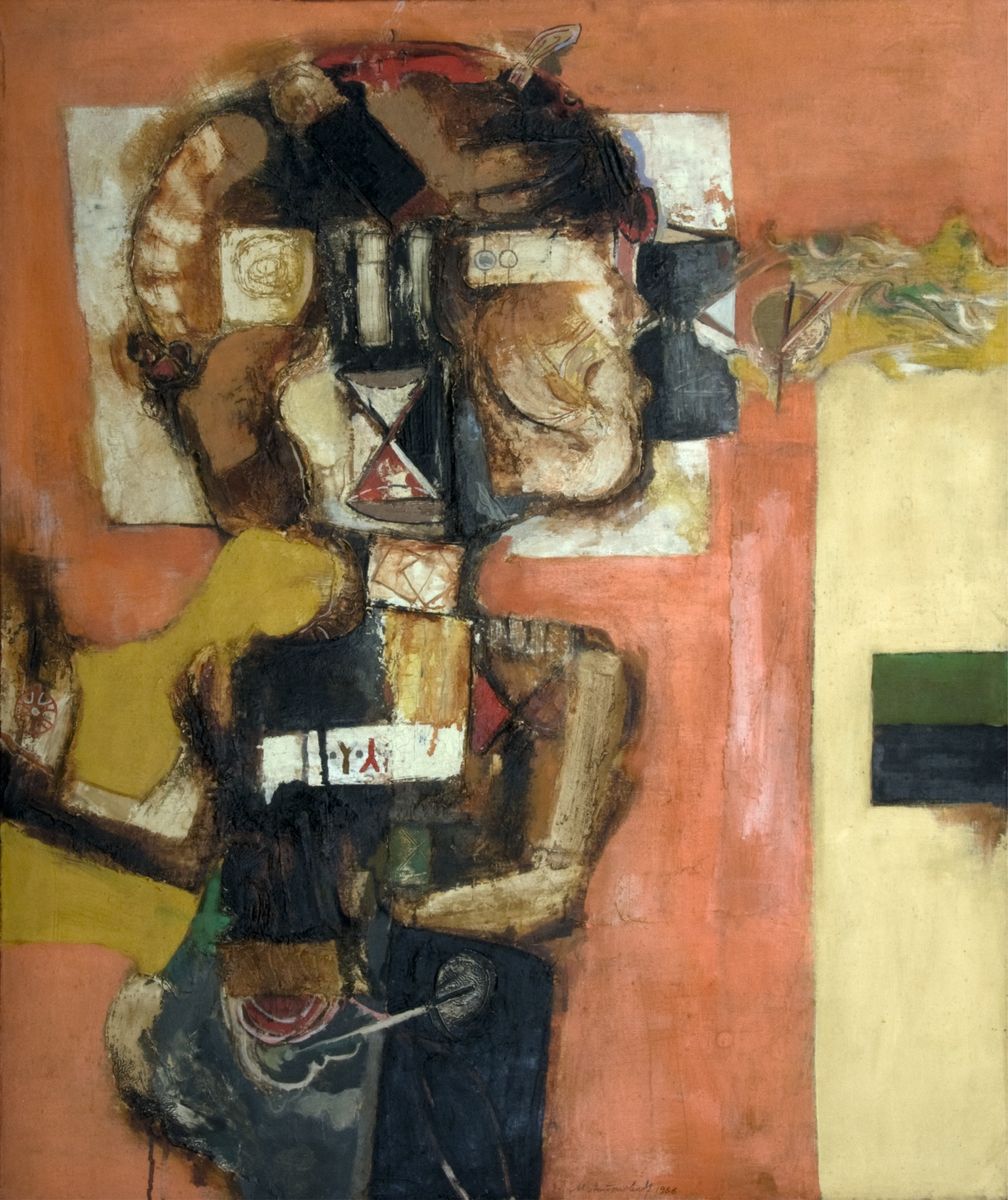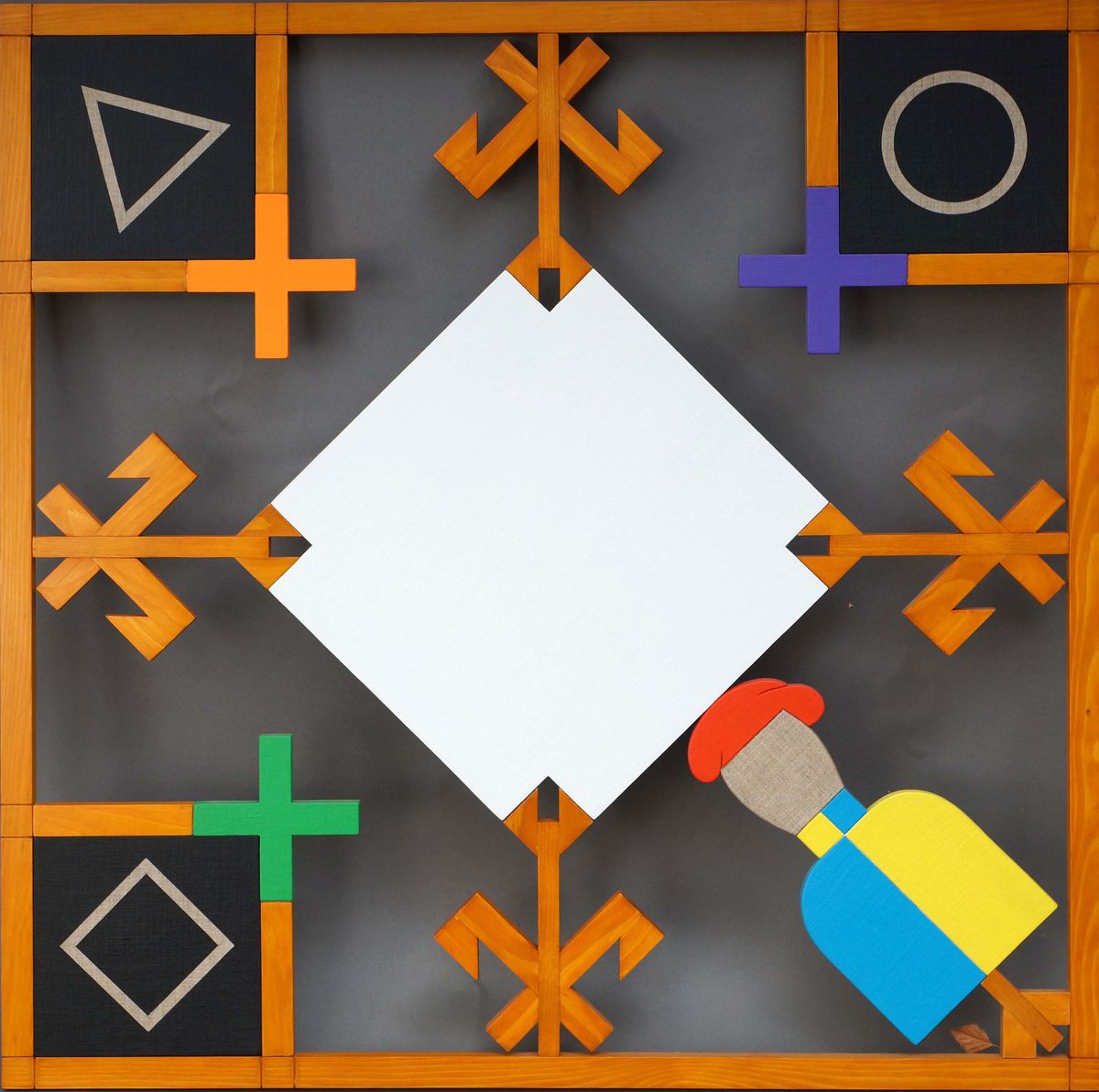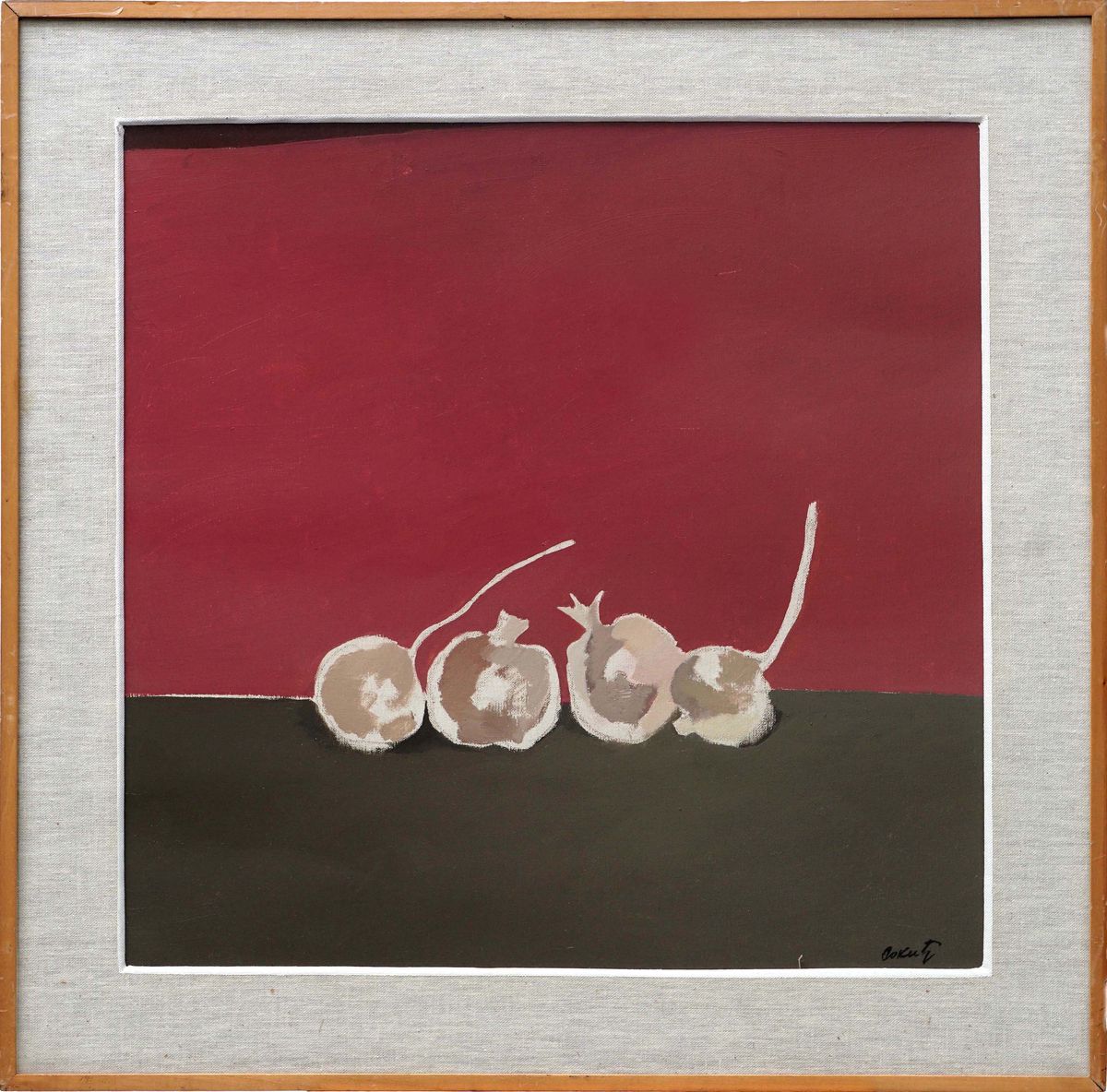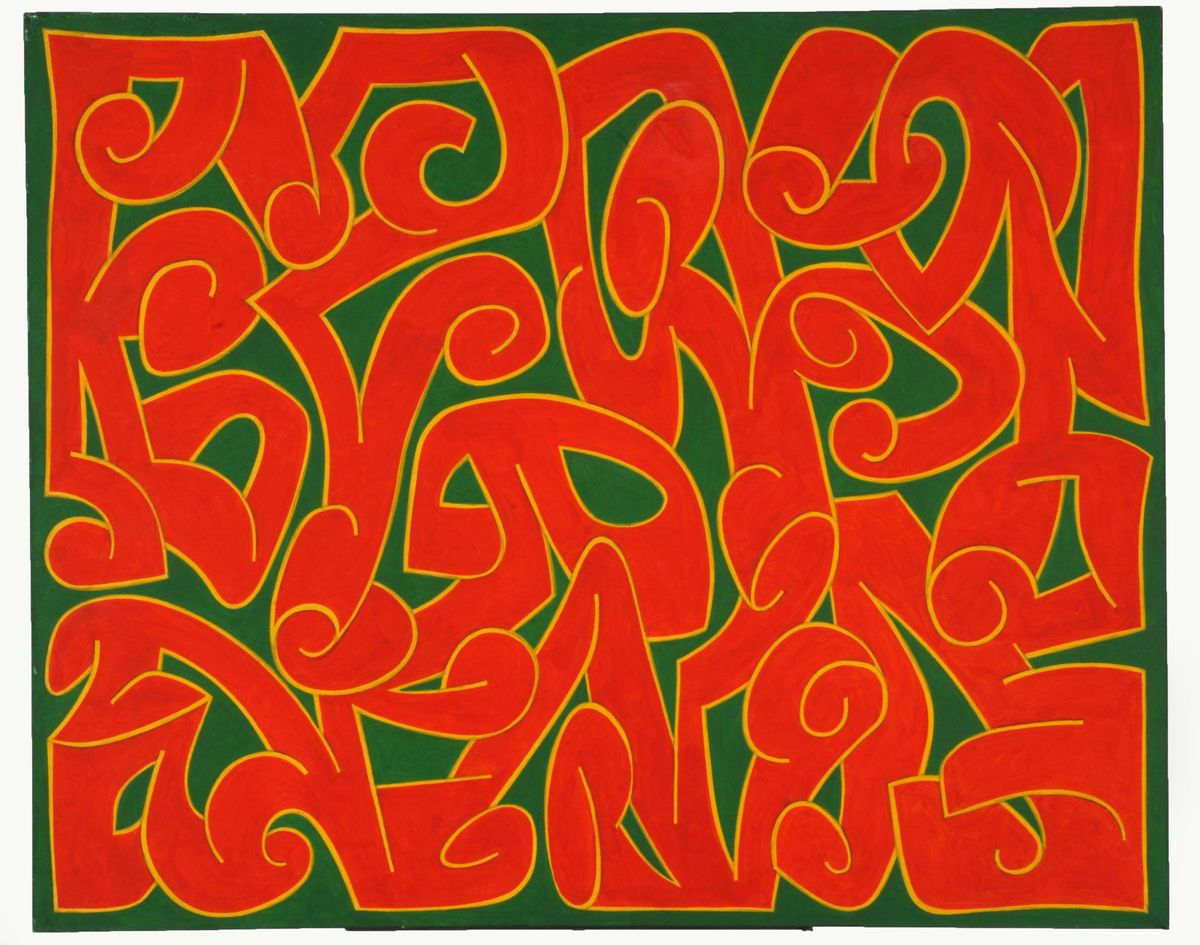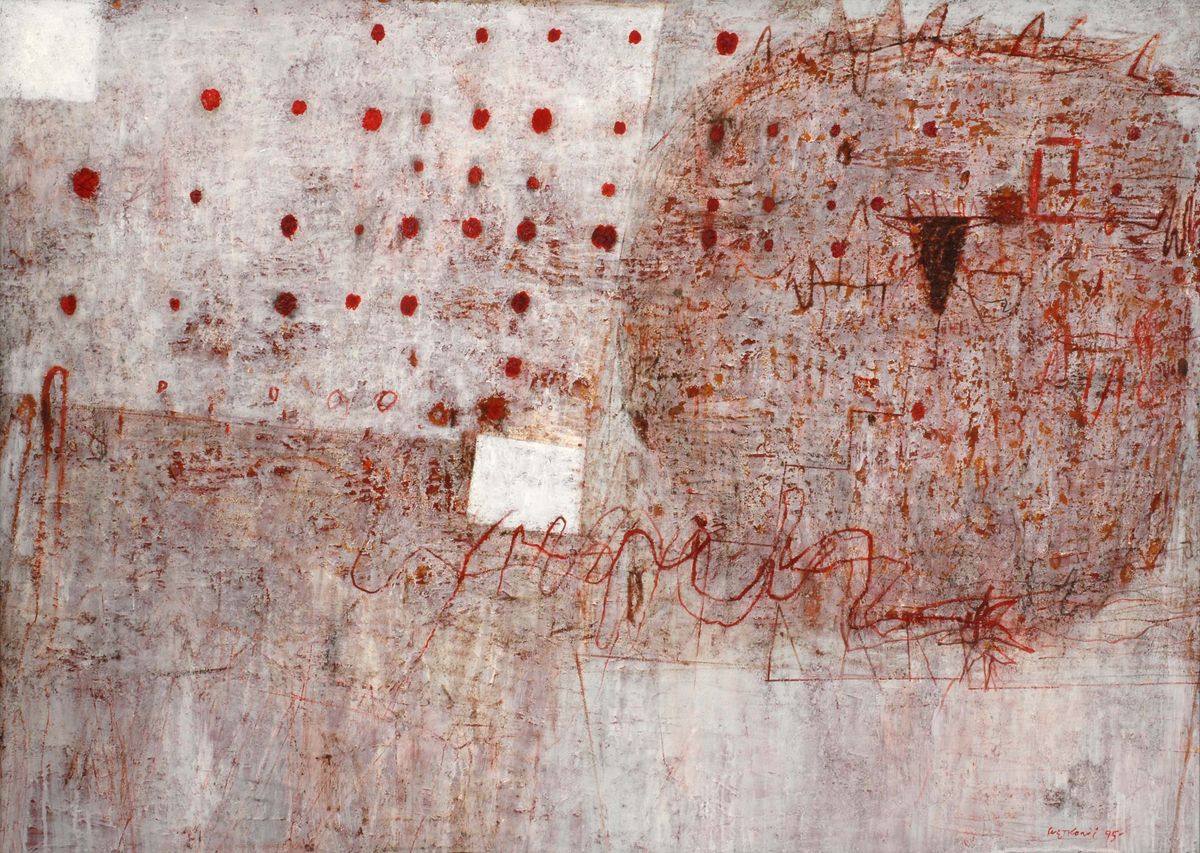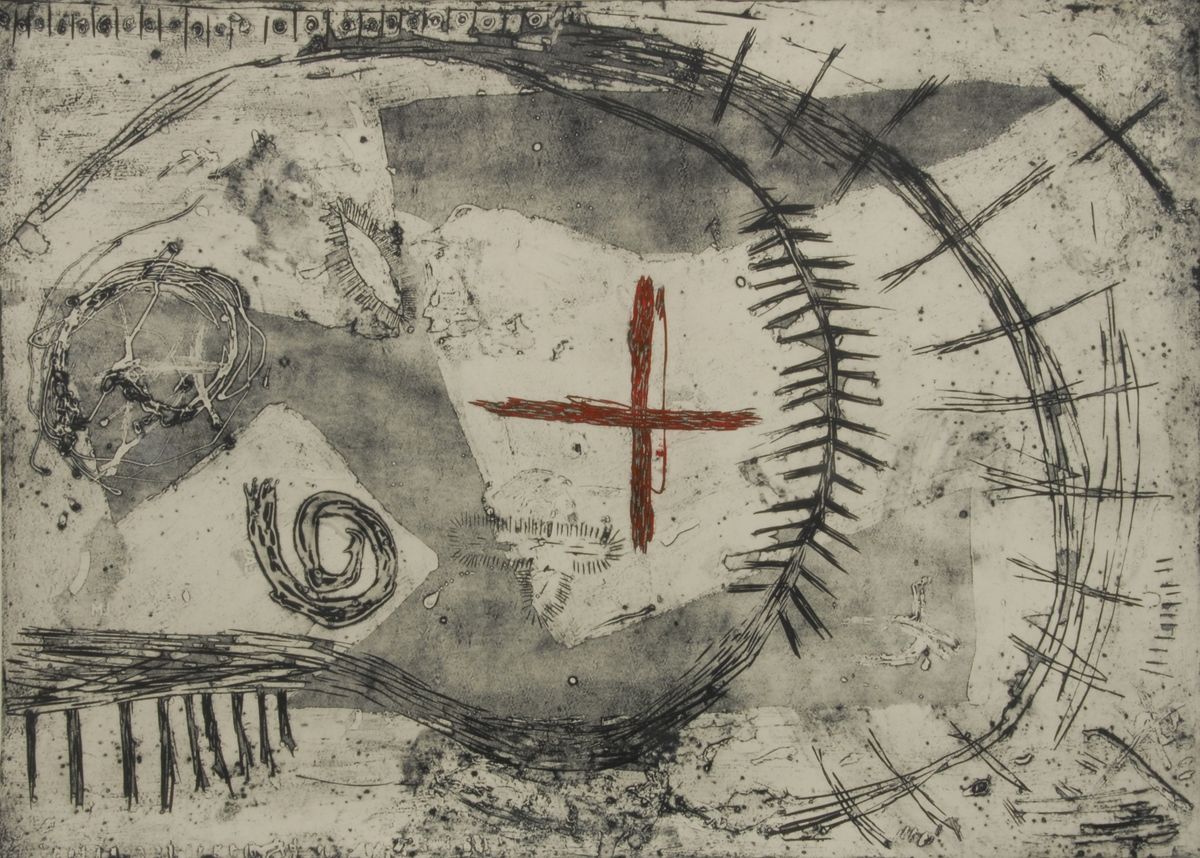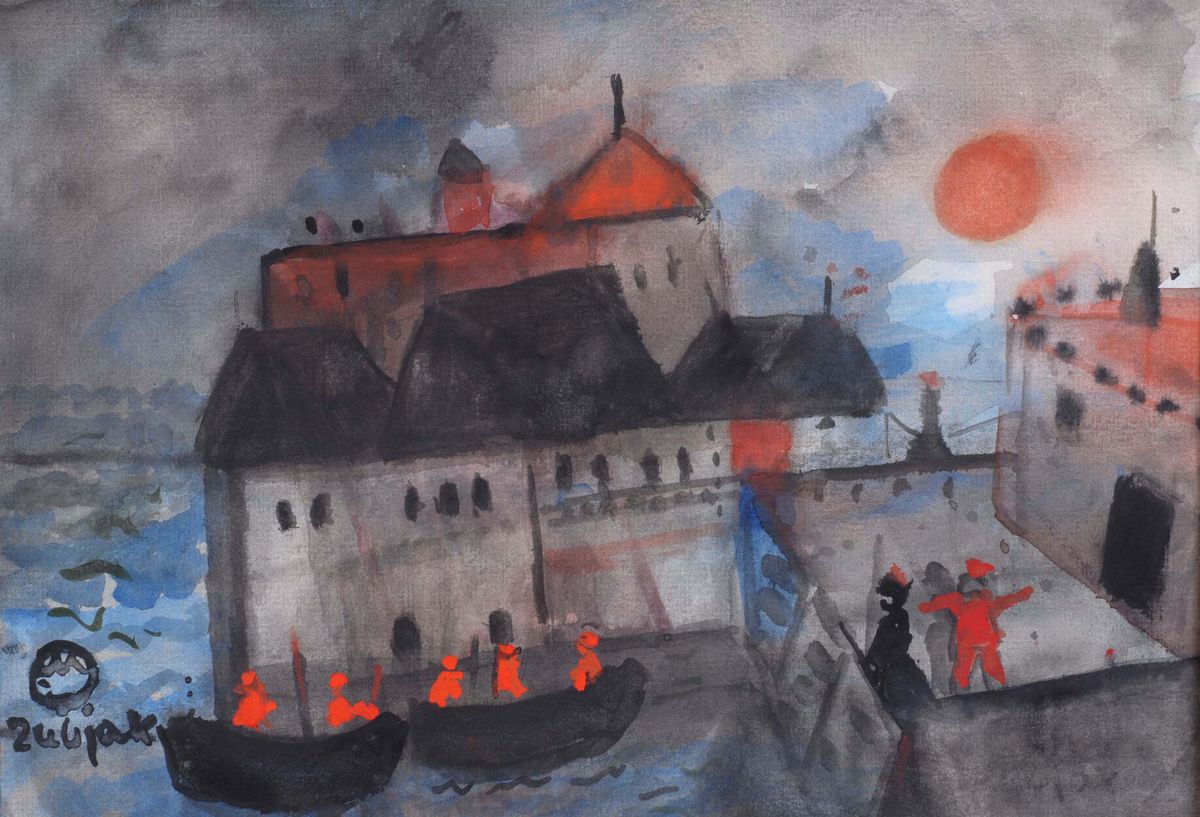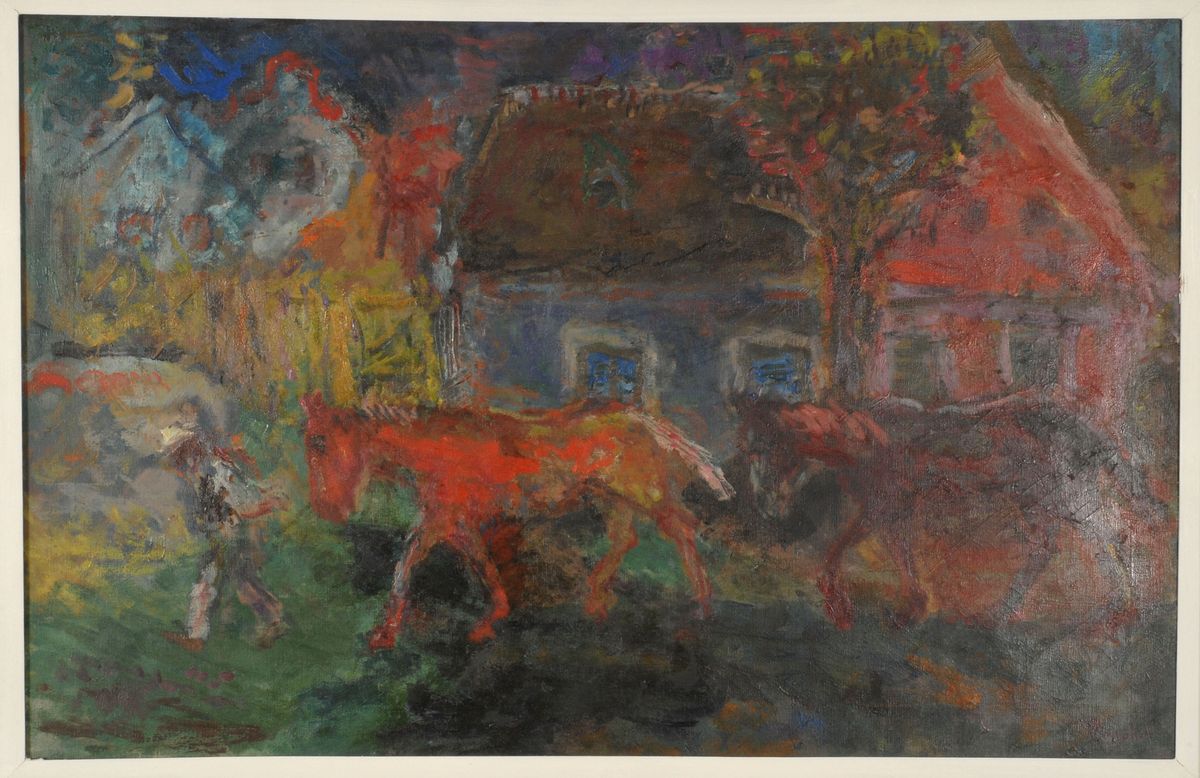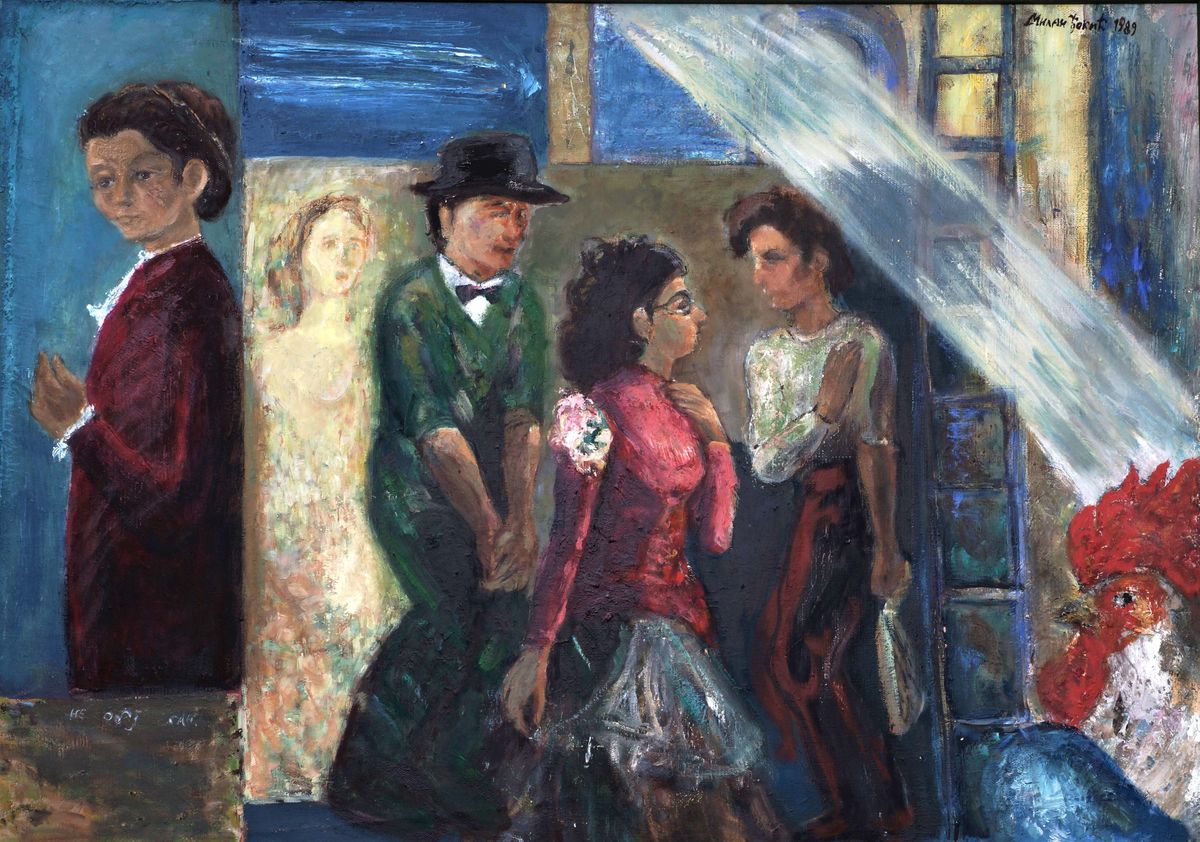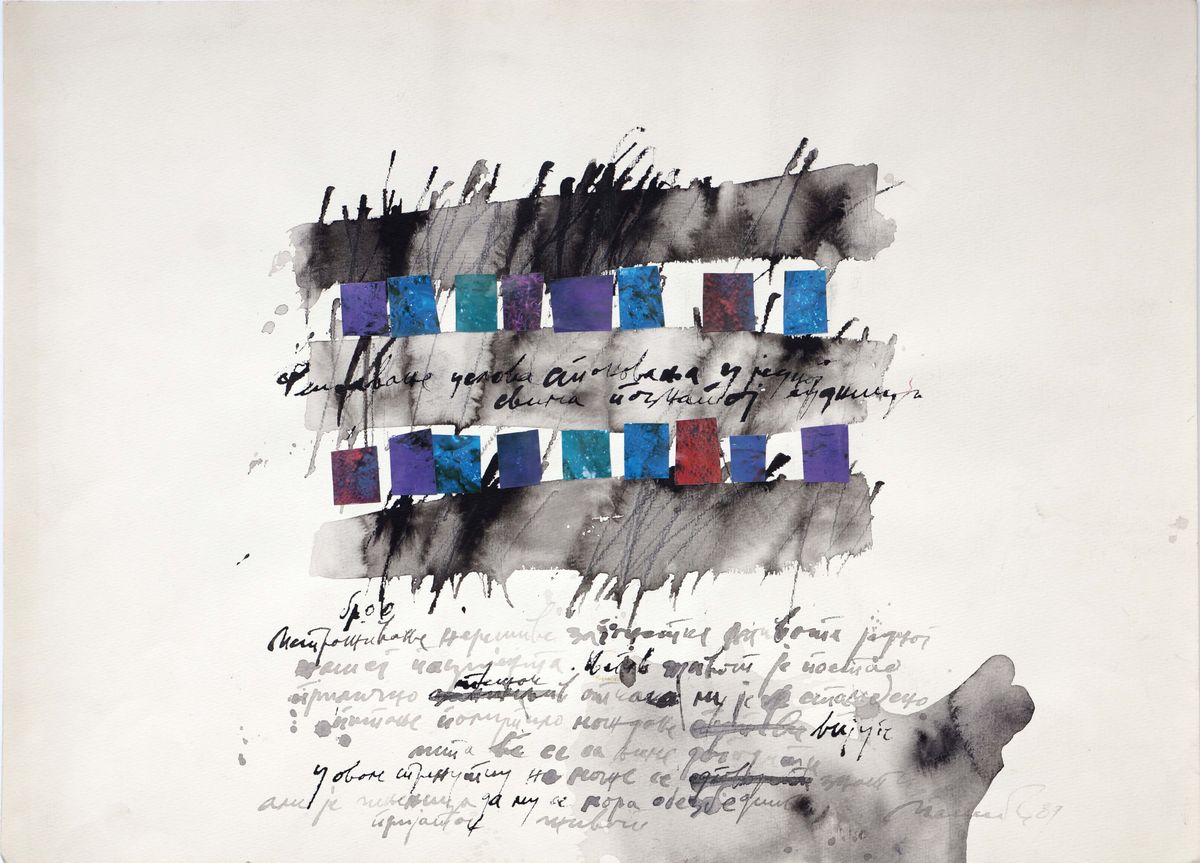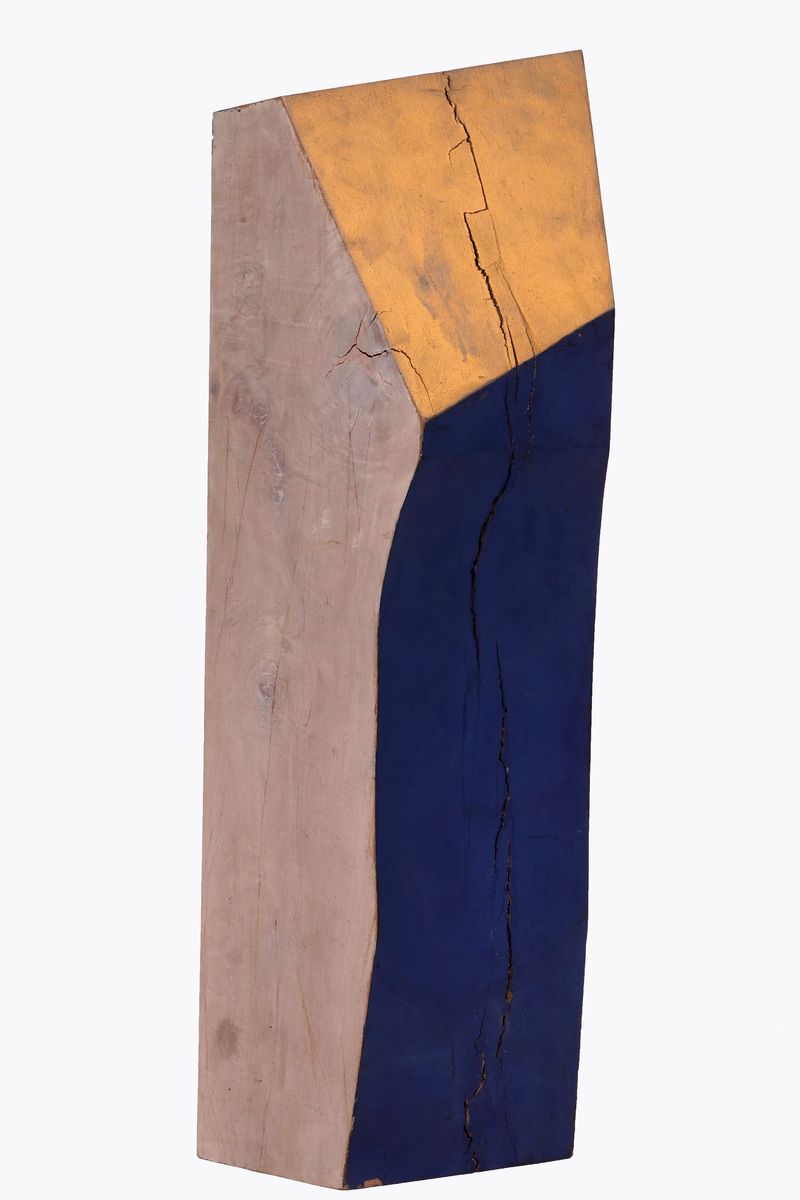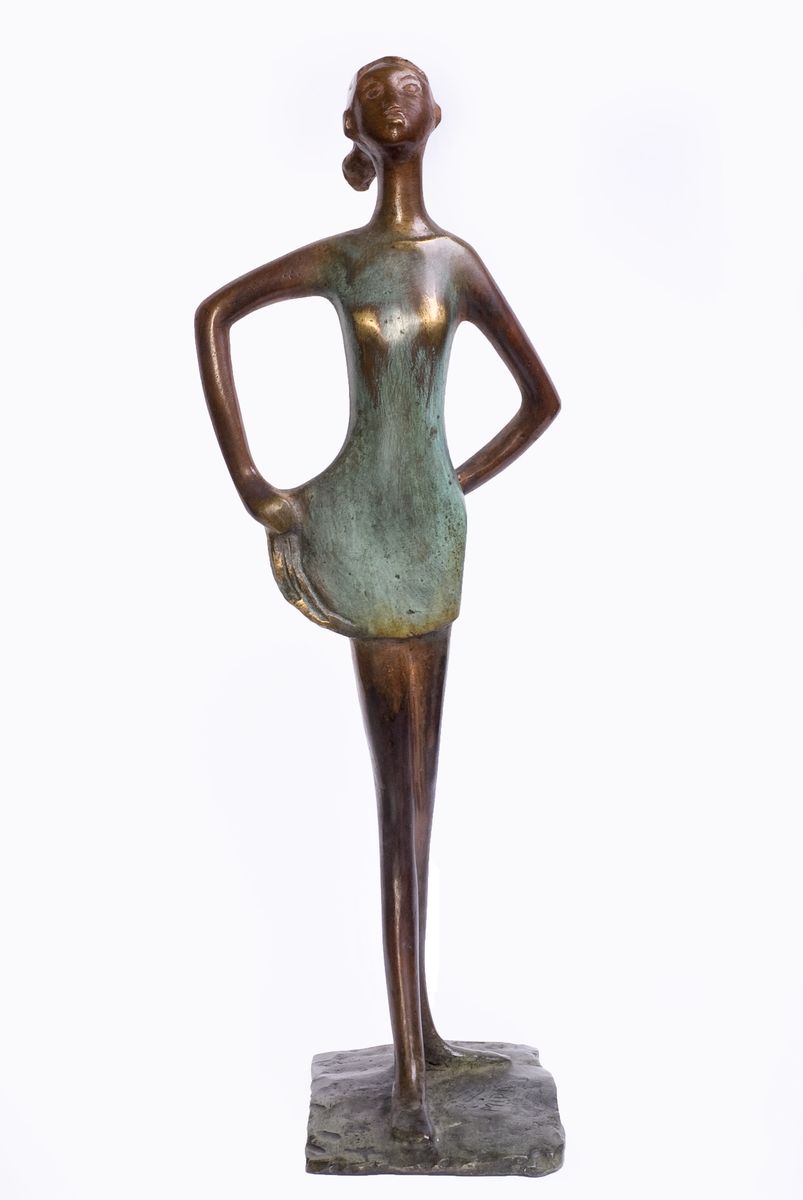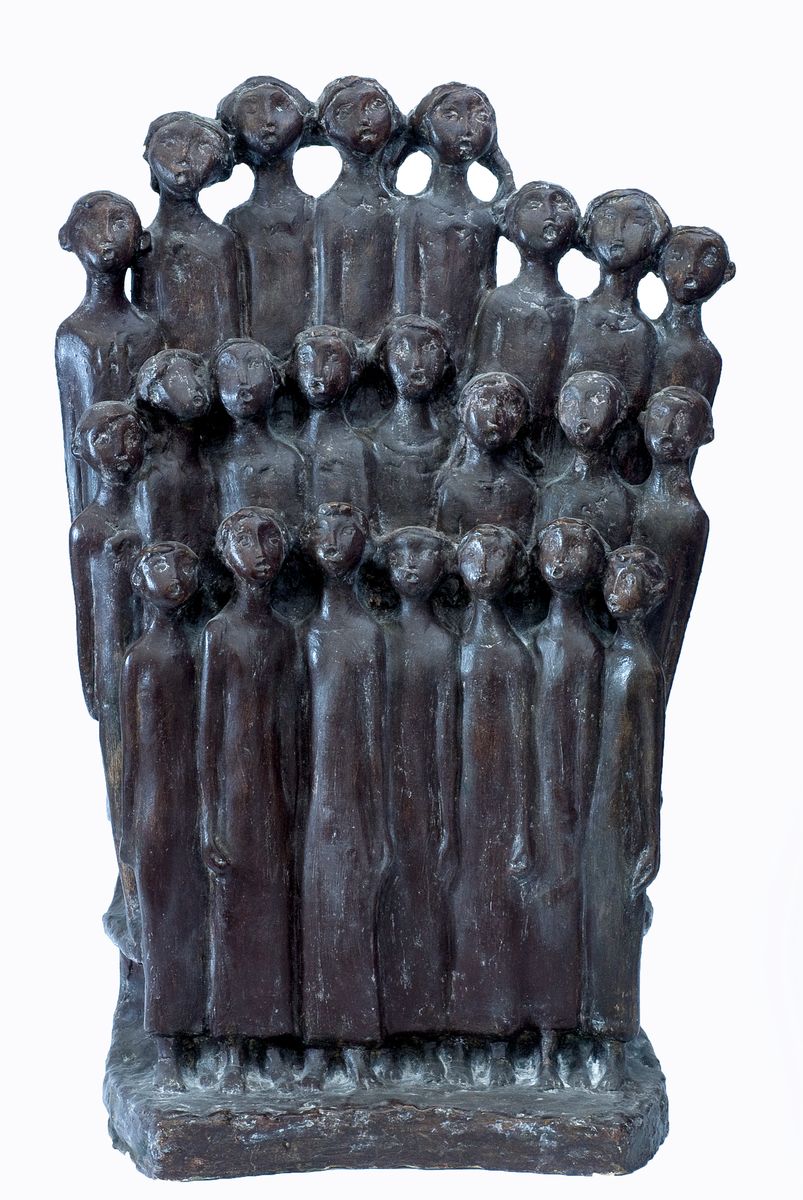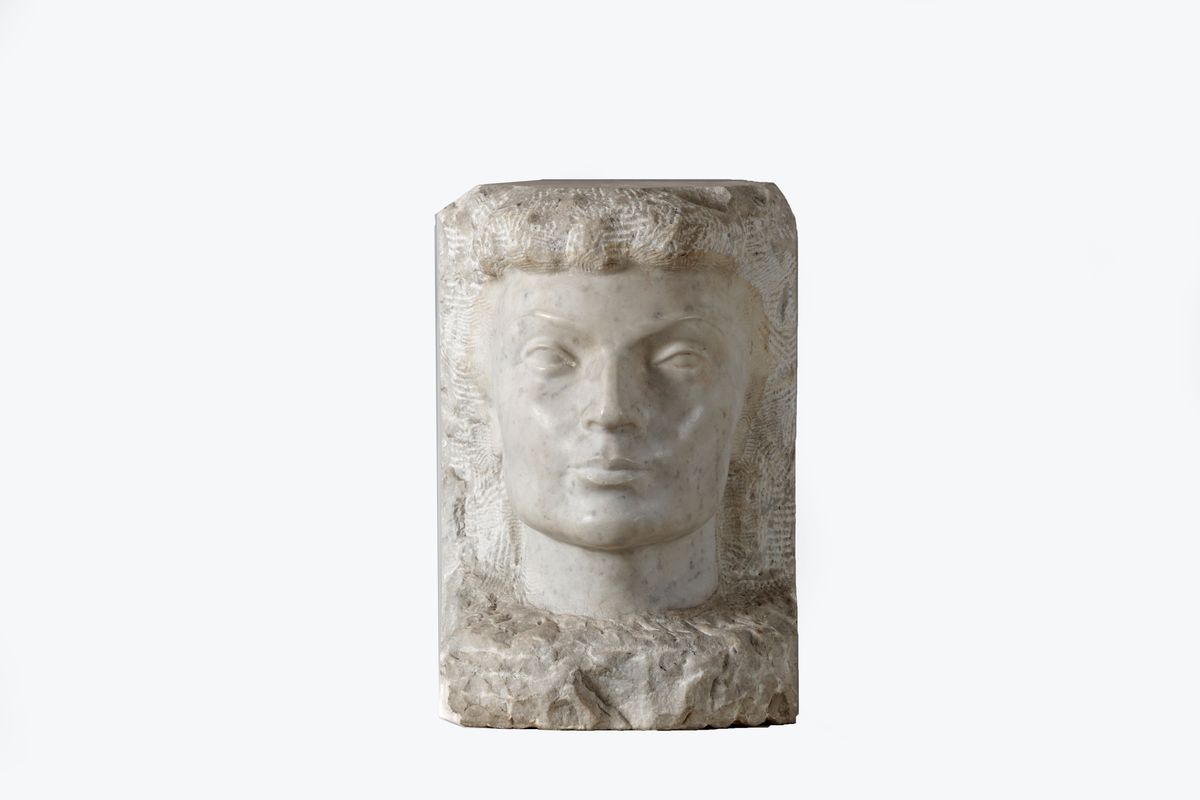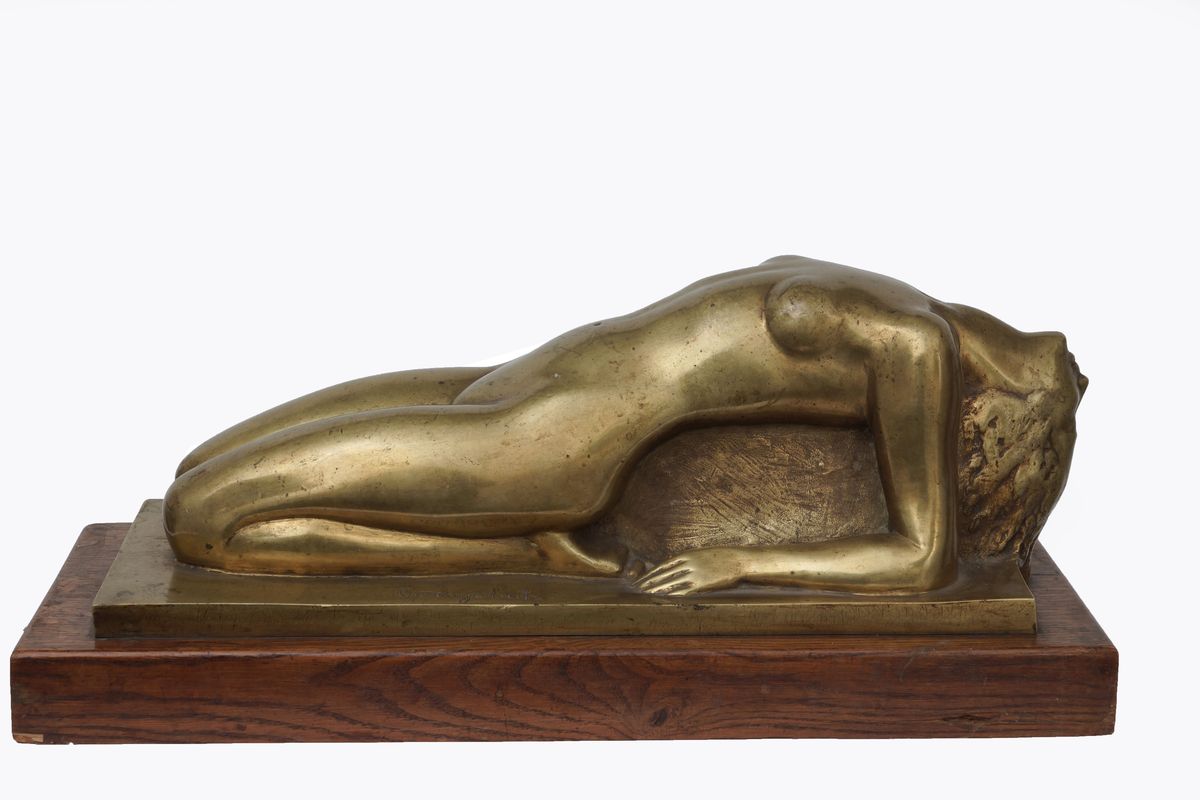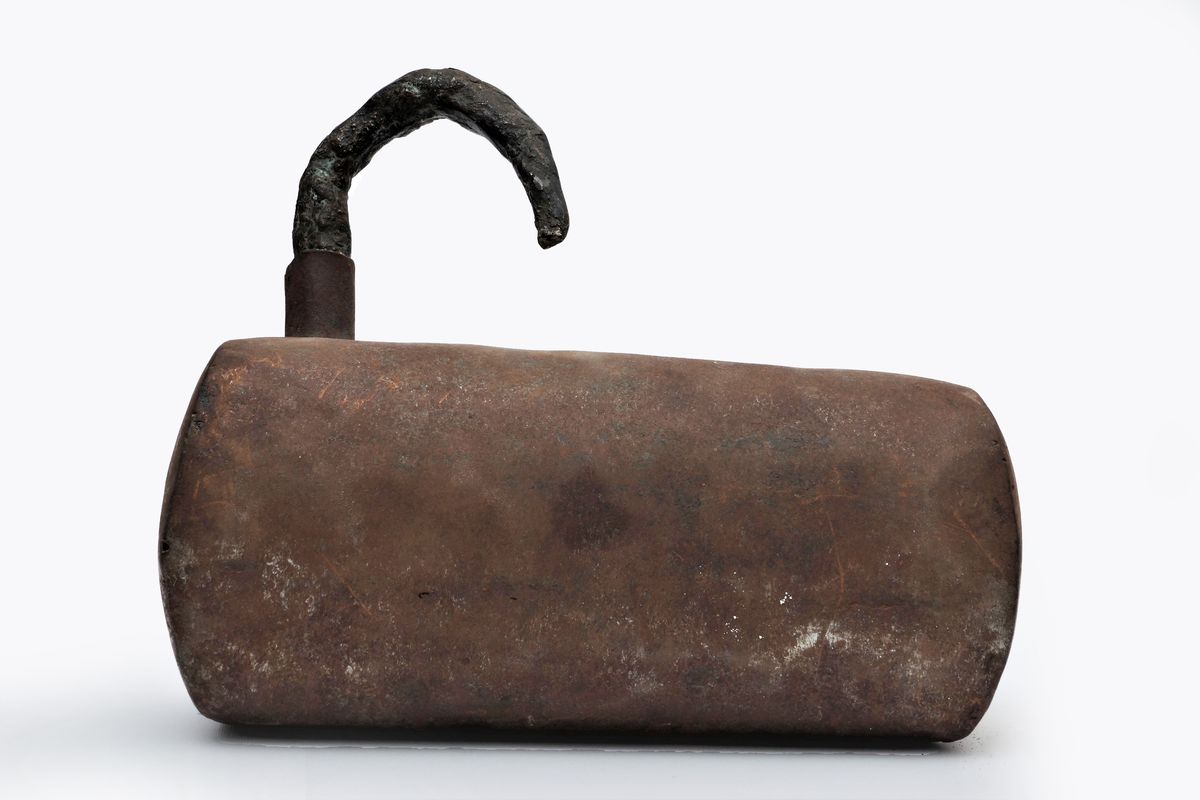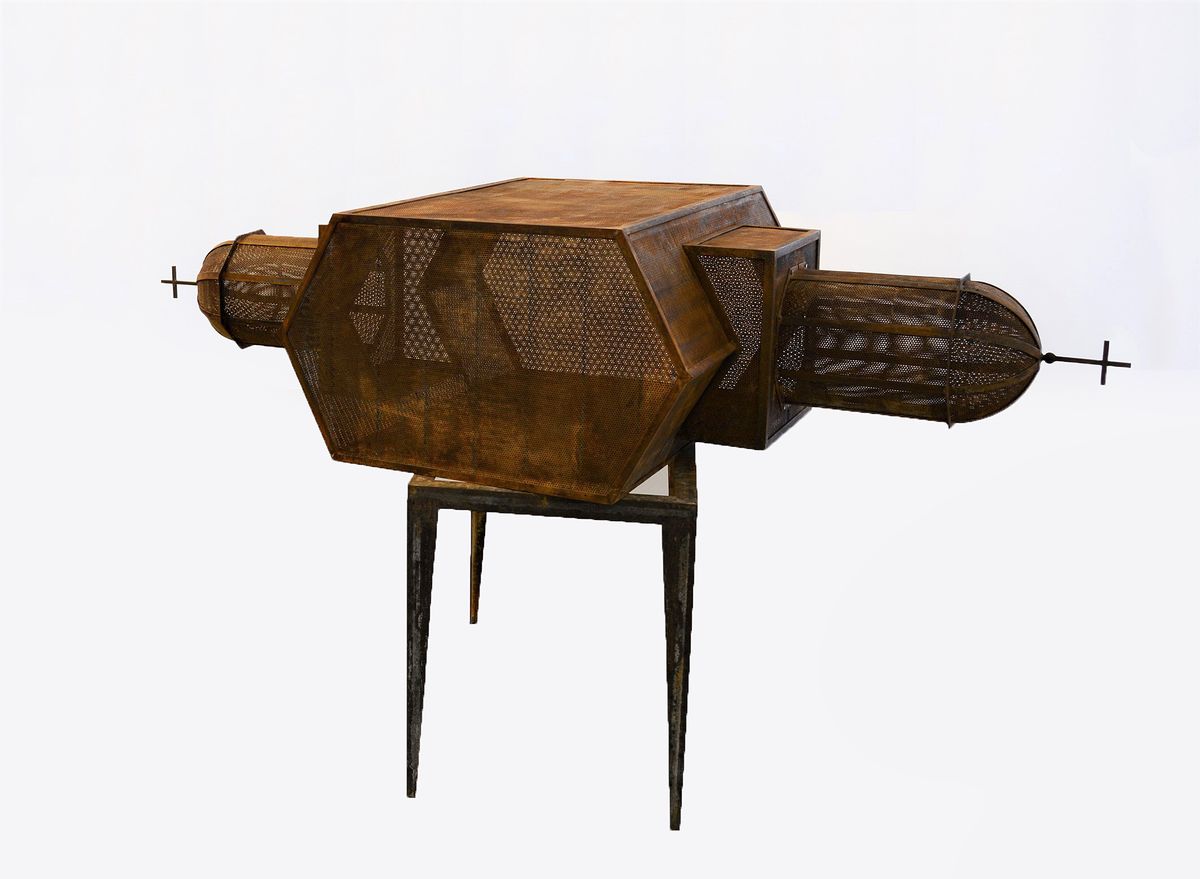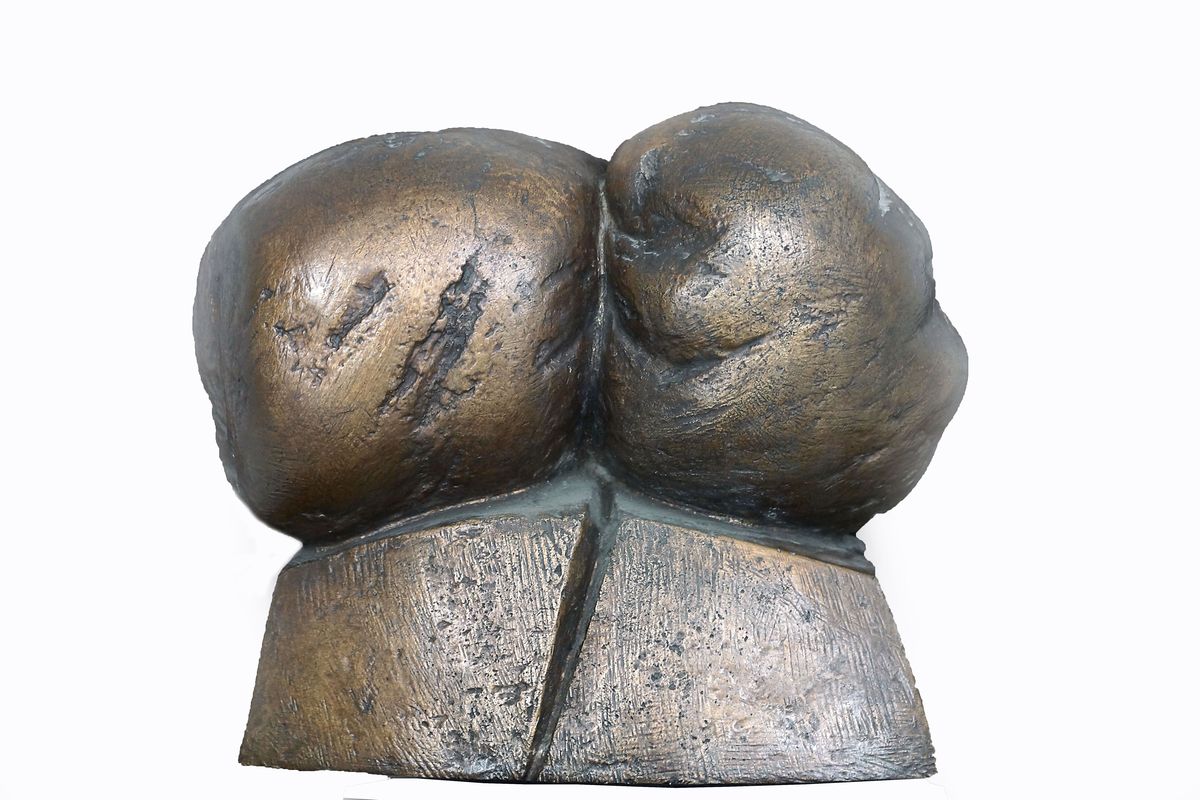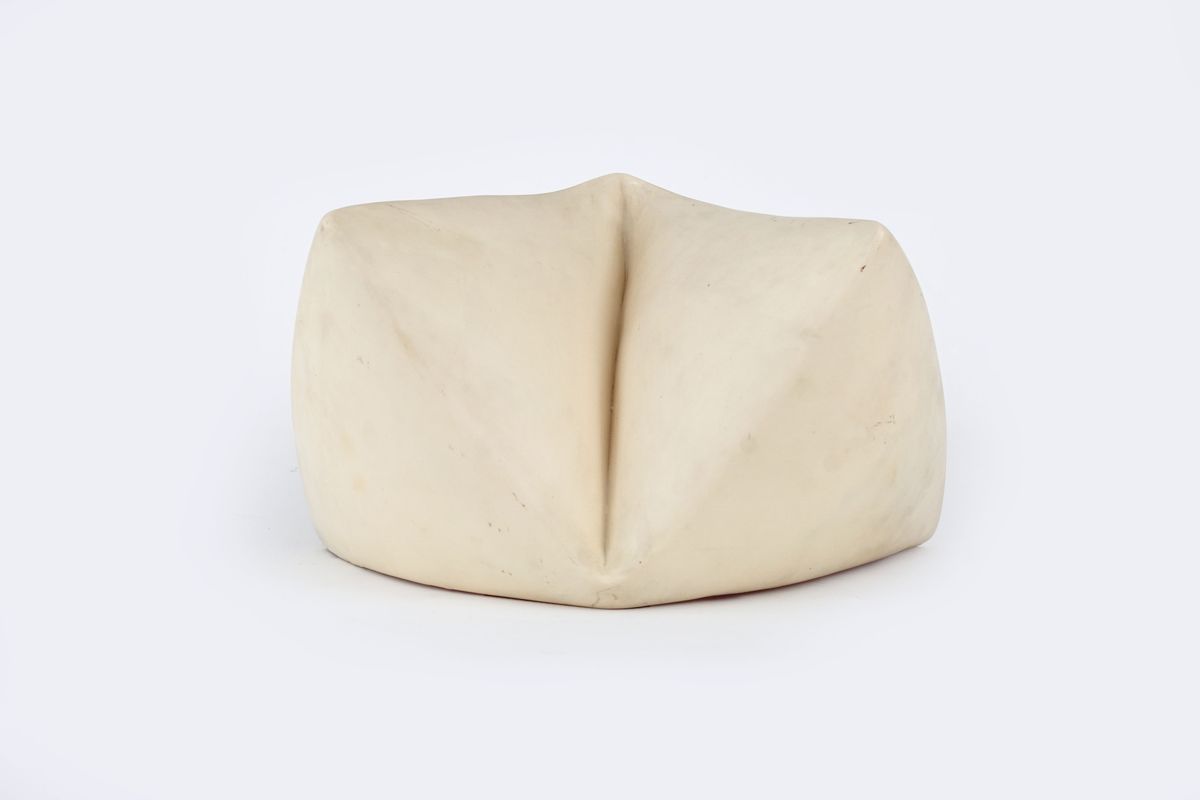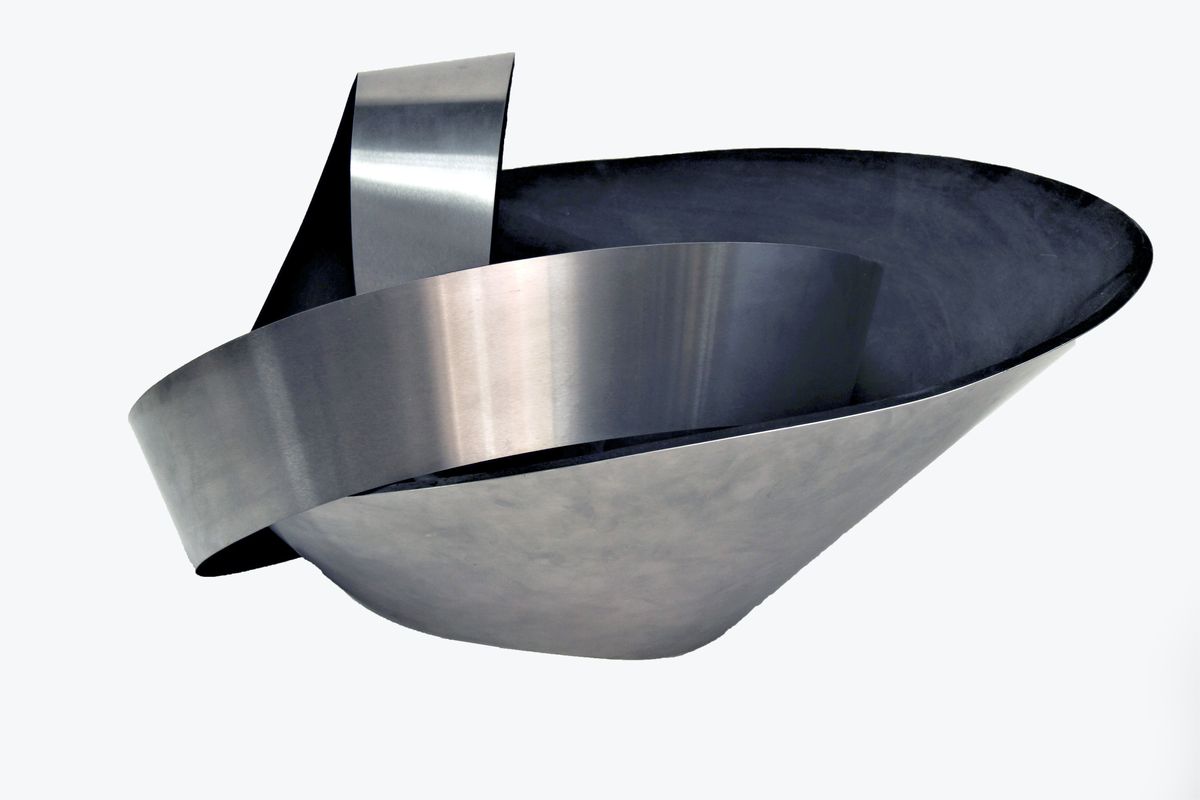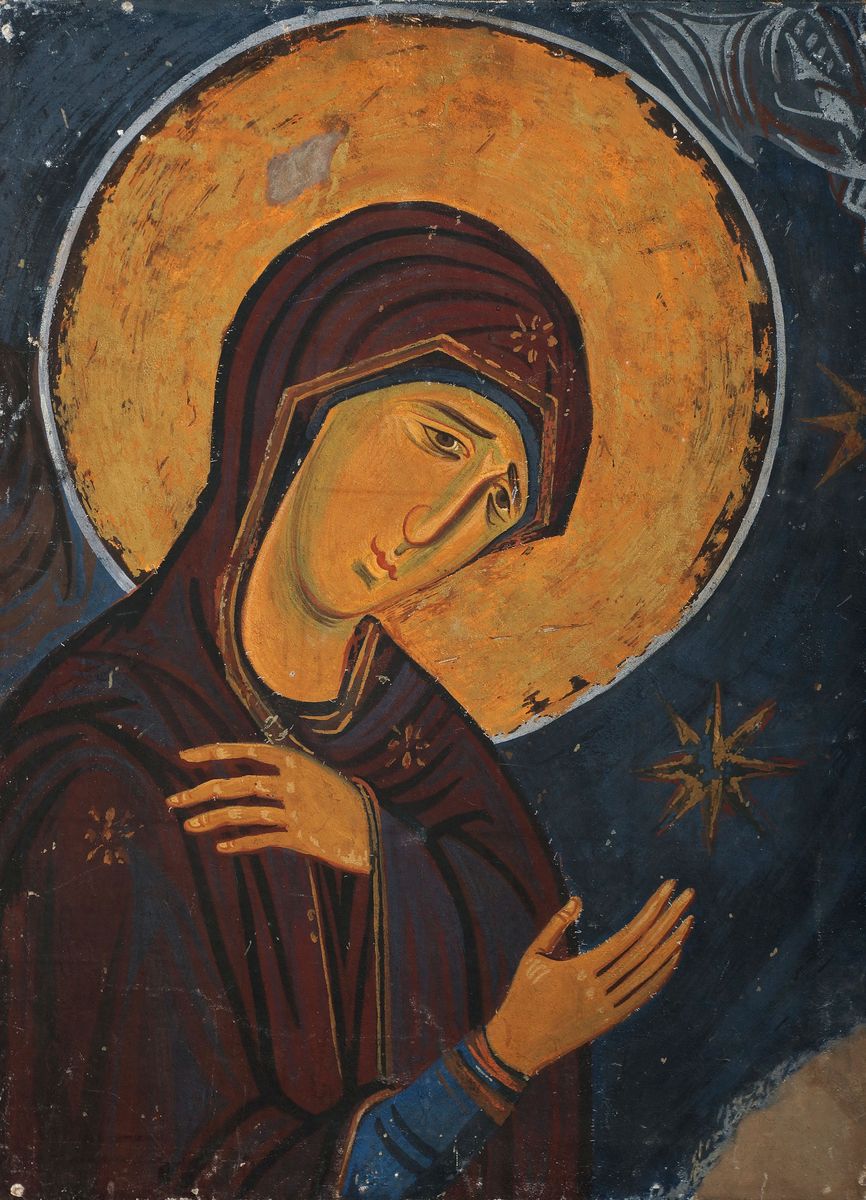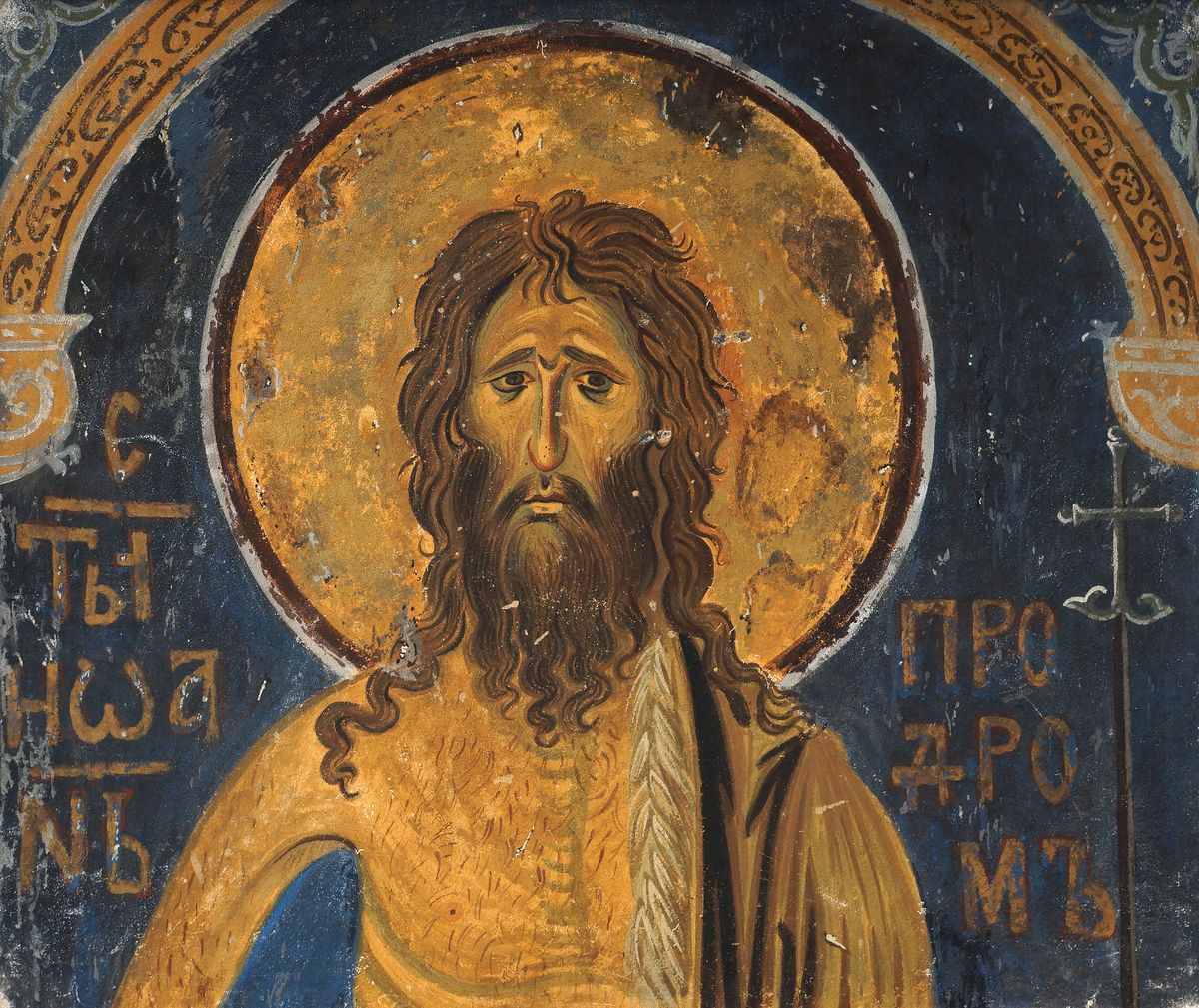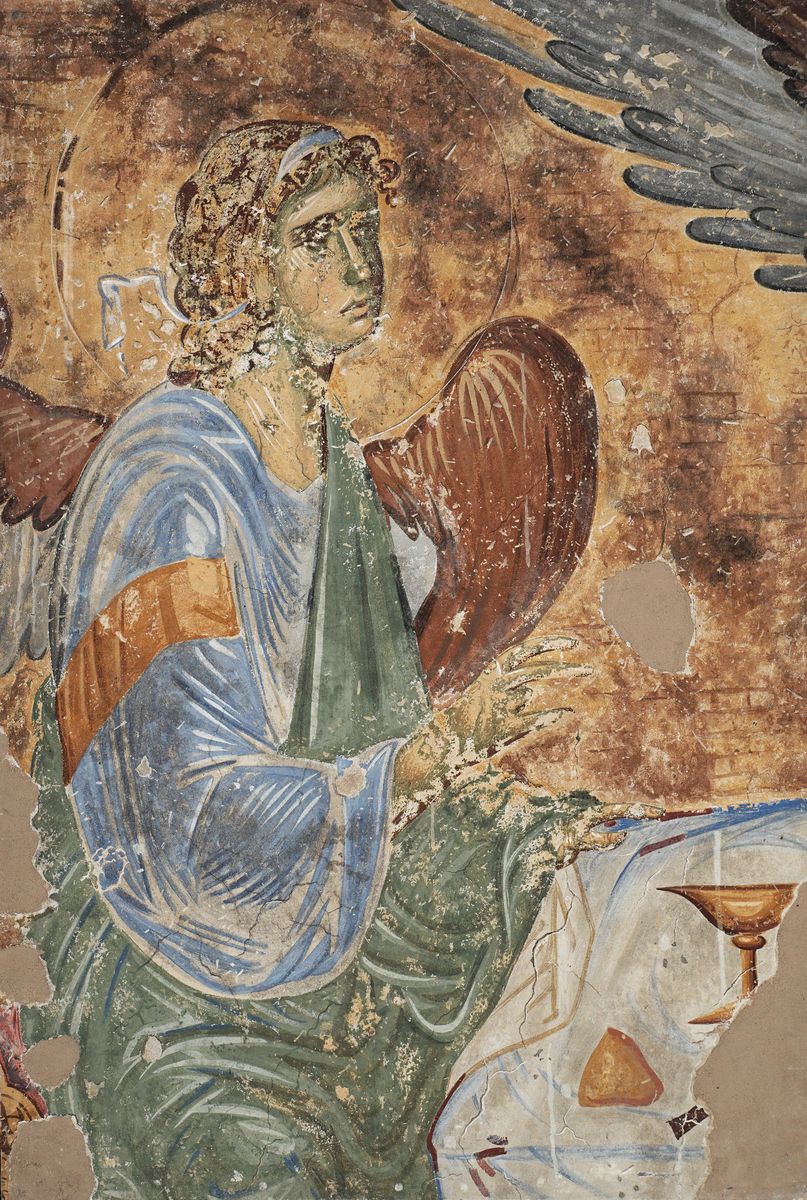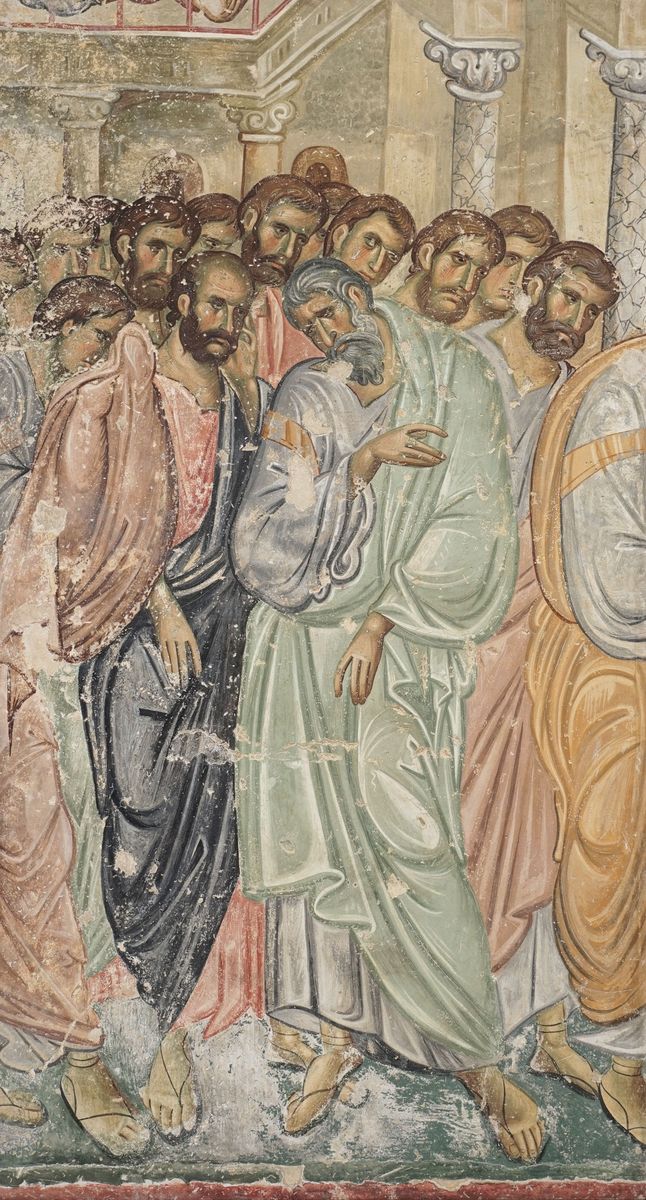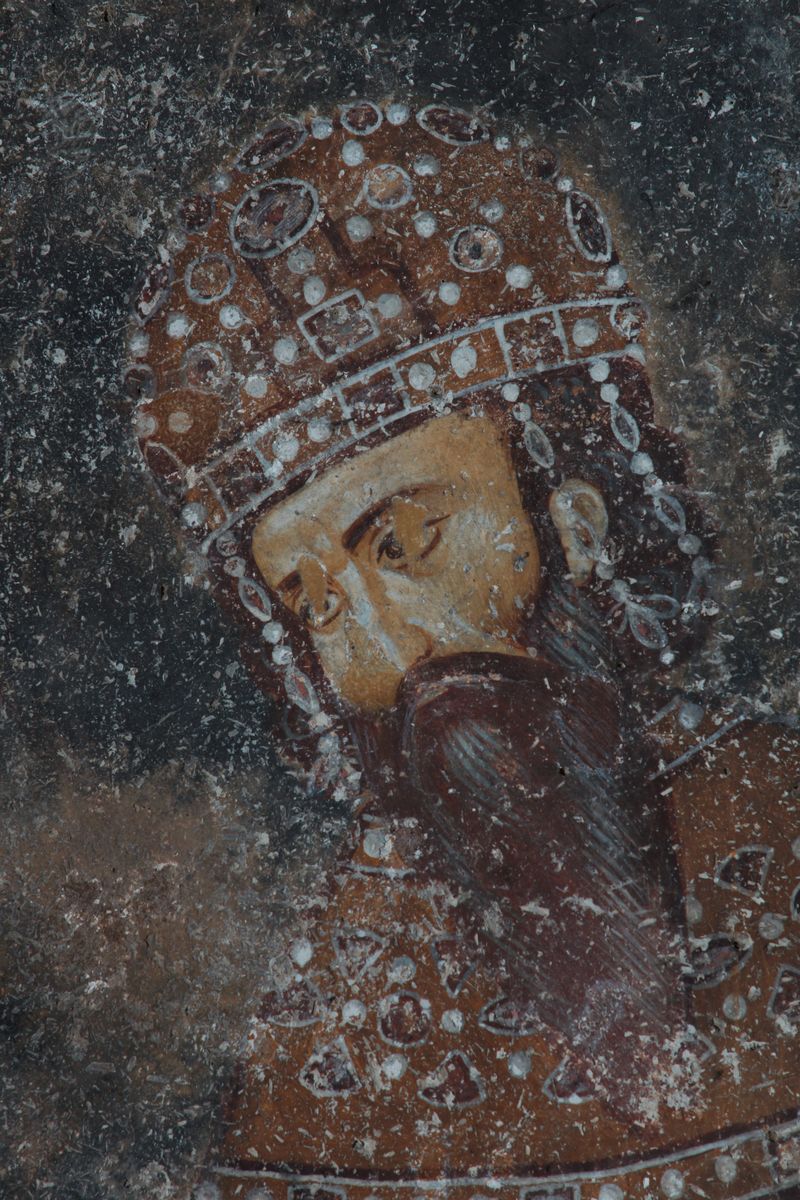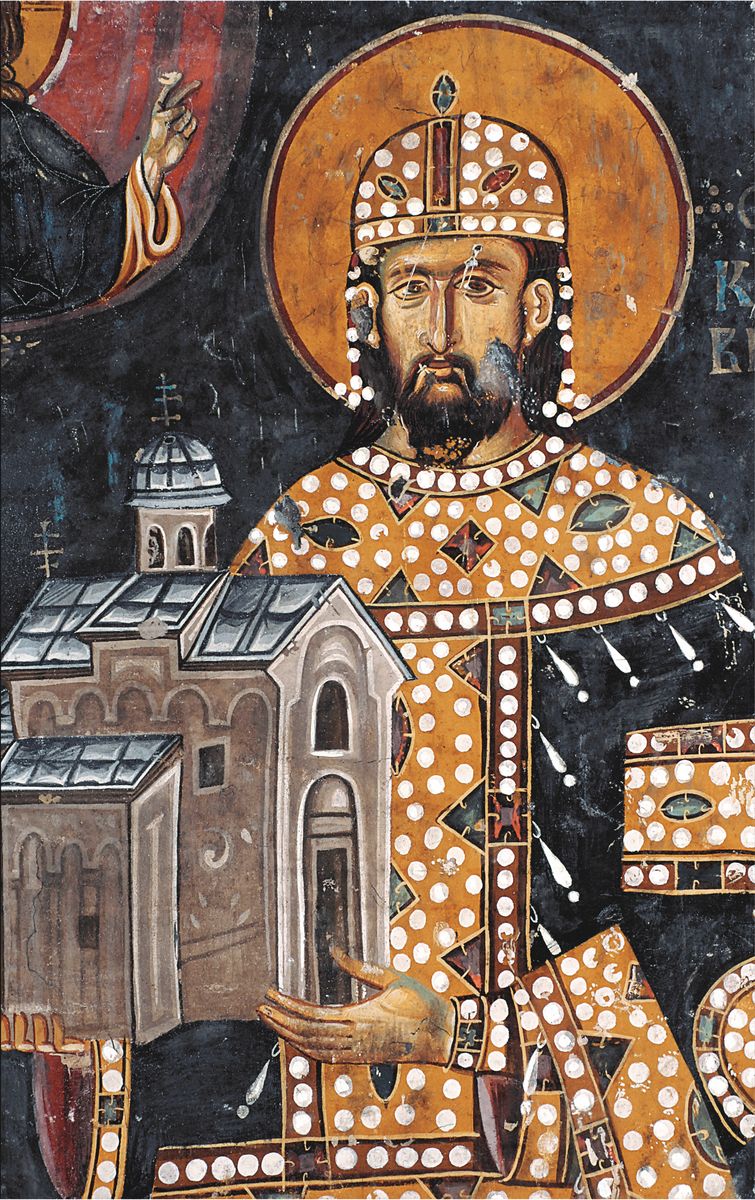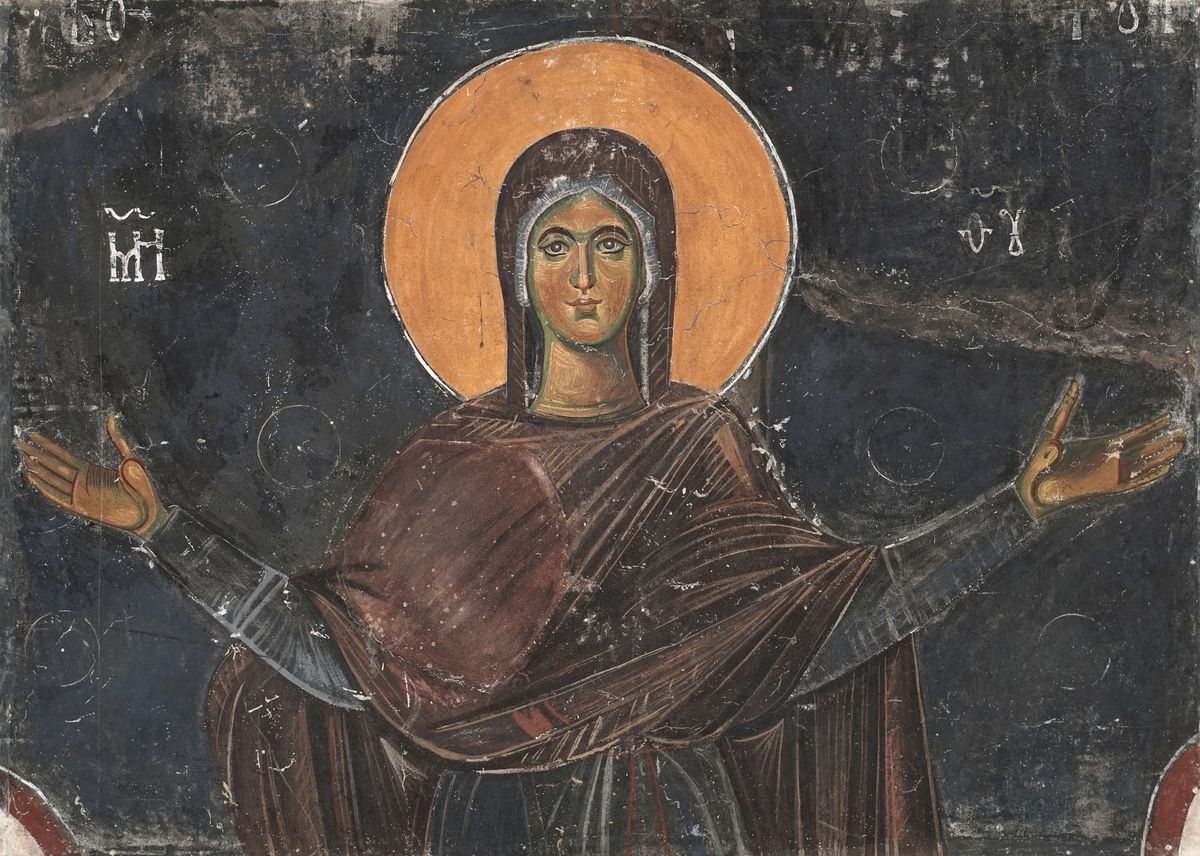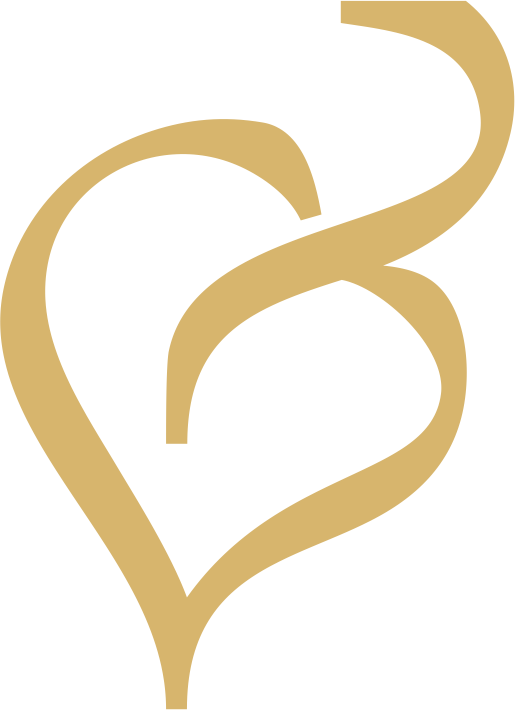
About the Collection
The Art Collection has over 1200 works of art and – seen as a heterogeneous unit, which documents the works of significant authors and art movements – enables the study and critical review of Serbian art from the second half of the 20th century and current contemporary art trends, while, on the other hand, it documents the development of the art scene in Kraljevo.
In the first decade, the establishing of the collection started with the works of Vladislav Maržik and with 20 drawings of Ljuba Ivanović, as well as with the works of significant Serbian artists: Miloš Golubović, Živorad Nastasijević. Branko Stanković, Vasa Pomorišac, Čeda Pavlović, etc. In the part of older art, the icons from the 18th and 19th centuries were collected; they originated in the territory of Kosovo, Macedonia and South Serbia. In the next period, the Council for Education and Culture of the People’s Republic of Serbia, the National Museum in Belgrade, social organisations, individual donors played an important role in the acquisition of works of art. The outstanding works acquired in this period were created by: Paja Jovanović, Uroš Predić, Ivan Radović, Zora Petrović, Beta Vukanović, Milan Milovanović, Risto Stijović, Ante Abramović, Vinko Grdan, Mihailo S. Petrov, as well as by artists whose recognition started at that time, such as Miodrag B. Protić, Stojan Ćelić, Dragoslav Stojanović – Sip, Aleksandar Zarin, Milivoj Nikolajević, etc.
Essential changes, in the context of organisation, arrangement and professional definition of the collection were made in the seventies of the last century, when, in 1973, the position of curator of the Art Collection was taken over by Milorad Mihailović (1947-1995), first professional art historian. The works of contemporary Yugoslav and Serbian art as well as the works of local artists were continuously collected so that the collection was enriched with the works of: Milan Đokić, Milorad Maravić, Branislav Milašinović, Branislav Jablanović, Pavle Popović, Đorđe Simić, Dragoljub Bosić, Slobodanka Pribaković, etc.
The Museum attracted significant legators and donors by its reputation. Thus, in 1985 it obtained the Legacy of paintings by Mirko Počuča, and a year later a valuable and unique legacy – Serbian icons of the 19th century, a gift by Dr Olivera Radojković Čolović. Two decades later, Olivera donated to the Museum 114 paintings, drawings and graphics by eminent artists: Mirjana Mihać, Mladen Srbinović, Ksenija Divjak, Mario Maskareli, Milo Milunović, Cuca Sokić, Mića Popović, Momo Kapor, etc. Out of the numerous group of gifts given to the Museum by the authors themselves, the following classics of modern sculpture can be pointed out – Olga Jančić, Sava Sandić, Mira Sandić, Ana Bešlić, Kosta Bogdanović, as well as an important number of paintings by Miodrag Protić, Milica Dinić, Ksenija Divjak, Aleksandar Cvetković and the latest Legacy of paintings by Ljubica Cuca Sokić. The Legacy of Nenad Burgić, donated by the Burgić family and the artist and collector Ranko Pavić, as well as the purchase of 10 paintings by Radoš Rakuš, one of the most fruitful artists from this region should also be emphasised. In addition, a reputable artist of Serbian origin, from Canada, Bratsa Bonifacho, donated 24 paintings to the National Museum Kraljevo, which has so far been the artist’s biggest individual donation to a museum or gallery institution in Serbia.
The collection also includes the works created by middle-aged and young authors who are connected with Kraljevo by their origin – from Dragan Milosavljević, Dragan Pešić, Milorad Vujašanin, Velimir Zelenović, to Slobodan Marinković, Milan Rakočević, Svetlana Jevtić, Boban Bosić, Dejan Kivić, Miodrag Krkobabić, Jelena Šalinić, etc. New purchases of the Ministry of Culture and Information of the Republic of Serbia, after almost two decades, have created conditions for more serious and bigger purchases of current contemporary art production. The selection of artists, 22 of them, has been led by the need to reflect a complex and diverse language of contemporary art through different generations and media and somehow reach what has been missed.

Collection of Vladislav Maržik’s Works
Vladislav Maržik was one of the first educated painters in Kraljevo, where he was born in 1896. His father, a Czech, doctor Josif Maržik, arrived in Serbia in 1876 as a young military doctor and remained in Kraljevo until his death in 1933. Vladislav Maržik grew up in a family which highly esteemed painting. When he was in primary school, he decided to devote his life to painting. He received the basic instruction on painting at the Arts and Crafts School in Belgrade, by his teachers: Marko Murat, Rista and Beta Vukanović, Ljuba Ivanović. He continued his schooling with the well-known professor Vlaho Bukovac, at the Academy of Fine Arts in Prague, which he left two years later. Maržik’s strong wish to immortalise a period of time is in the basis of his creative work. That wish turned him into a passionate chronicler of the town. He painted old houses – hovels built during Ottoman rule, with their lively façades, small windows, wobbly ivy-clad wooden staircase. He recorded the appearance of the first hospital, museum building, post office and many parts of the town which do not exist any more. According to his drawings, it is possible, to some extent, to reconstruct the appearance of Kraljevo from the past, with a lot of details.

Legacy of Mirko Počuča
In 1985, Mirko Počuča, painter, great art connoisseur and passionate lover of antiquities, donated the Memorial Collection of self-portraits and portraits of artists to the Museum. The Collection is dedicated to Milorad S. Jović, teacher and first director of the National Museum Kraljevo and Jelena Raičević Baja. Today it consists of 64 works of important authors, such as: Rista Vukanović, Nikola Graovac, Miloš Golubović, Vinko Grdan, Ivan Radović, Aleksandar Tomašević, etc. The Collection contains works which differ not only by their approach and stylistic orientation but also by the age of their authors. The portraits and self-portraits of artists are a kind of personal writing, intimate notes about themselves and their close colleagues, friends–artists. They have something spontaneous, immediate, which gives this legacy a value and an outstanding place in our cultural-artistic heritage.

Collection of Works of Art
The Collection of Works of Art consists mainly of the works created by eminent artists of the 20th century, which provide an insight into the art trends in Serbia and the former Yugoslavia. A smaller part of the Collection comprises works created in the first half of the 20th century: Serbian realist painting is represented by the portraits of Serbian realists Paja Jovanović and Uroš Predić, while the impressionist impulses characteristic of the very beginnings of modern painting are encountered in the work of Milan Milanović and vivid drawings of Ljuba Ivanović. Pure art, with pronounced expressiveness and strong colours, is found in the extraordinary works of Zora Petrović and Ivan Radović, while the “intimist silence“ can be recognized in the works of Beta Vukanović and Mladen Josić. The impressionist traces over intimist painting of the fourth decade are visible in the works of Mihajlo Petrov. The largest part of the Collection consists of the works of artists who lived and created in the second half of the 20th century; they represent a significant overview of postwar Yugoslav and Serbian art. The artists whose works are classified into this collection had important roles in our contemporary art: Milo Milunović, Miodrag B. Protić, Marko Čelebonović, Cuca Sokić, Ksenija Divjak, Mladen Srbinović, etc. These works are, before all, a source for studying individual artistic poetics, while, as a whole, they connect their authors and offer a wider picture of contemporary trends in Serbian and Yugoslav art.

Sculptures
The Collection of Sculptures, within the Art Collection, is a valuable whole, which provides the basis for an insight into the trends of our modern sculpture, its history, directions of development and, before all, individual artistic poetics. With respect to stylistic specificities, this series of important artists and art movements starts with Risto Stijović, French student and artist, who introduced modern trends into his artistic expression, while the largest part of the collection contains the works of artists who lived and created during the 20th century, mostly in its latter part. This is exactly the reason why it represents a wealth of artistic poetics which manifests itself, before all, in the selection of creative procedures and materials (Ana Bešlić, Sava Sandić, Olga Jančić, Aleksandar Zarin, Mira Sandić, Kosta Bogdanović, Rajko Popivoda). Thanks to the continuous purchases by the Ministry of Culture and Information of the Republic of Serbia in the last years, the Collection has been increased by the works of artists who belong to younger generations, whose works represent modern trends in Serbian sculpture: Saša Pančić, Željka Momirov, Radoš Antonijević, Marko Crnobrnja, etc.

Collection of Copies
In the sixties of the last century, great attention was paid to the collecting of copies of fresco paintings from our mediaeval monasteries. Thanks to the joint efforts of the professional management of the Museum and the colleagues from the Gallery of Frescoes in Belgrade, the National Museum Kraljevo obtained a significant collection of copies of fresco paintings, which numbers 124 works. The Collection provides an overview of Serbian monumental painting during the 13th century, which has been preserved in our mediaeval monasteries, from the Church of the Mother of God in Studenica and Žiča, through Mileševa, Church of the Holy Apostles in Peć, Morača, Sopoćani, Gradac and Arilje to the fresco painting in the King’s Church in Studenica and the frescoes in Žiča created at the beginning of the 14th century. Their authors are our outstanding artists-copysts, such as: Aleksandar Tomašević, Zdenka and Branislav Živković, Svetislav Mandić, Naum Andrić, Vladeta Petrović, Ljubomir Brajević, Dragomir Jašović, etc. In 2006, the existing collection was added by 22 copies of frescoes (Dečani, Gračanica, Sopoćani, Mileševa, Psača, Marko’s Monastery, Kalenić), which were taken over as long-term loans from the Gallery of Frescoes in Belgrade. The broad criteria established in this way have resulted in a heterogeneous collection, in which the works, in addition to their artistic values, also possess documentary and didactic importance.
